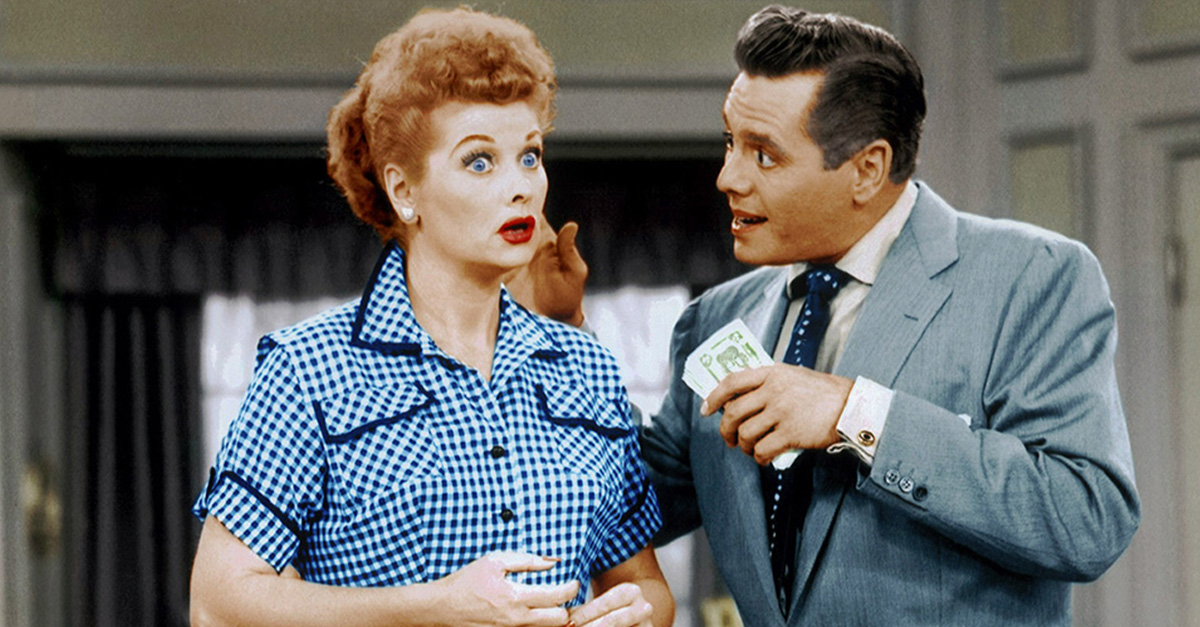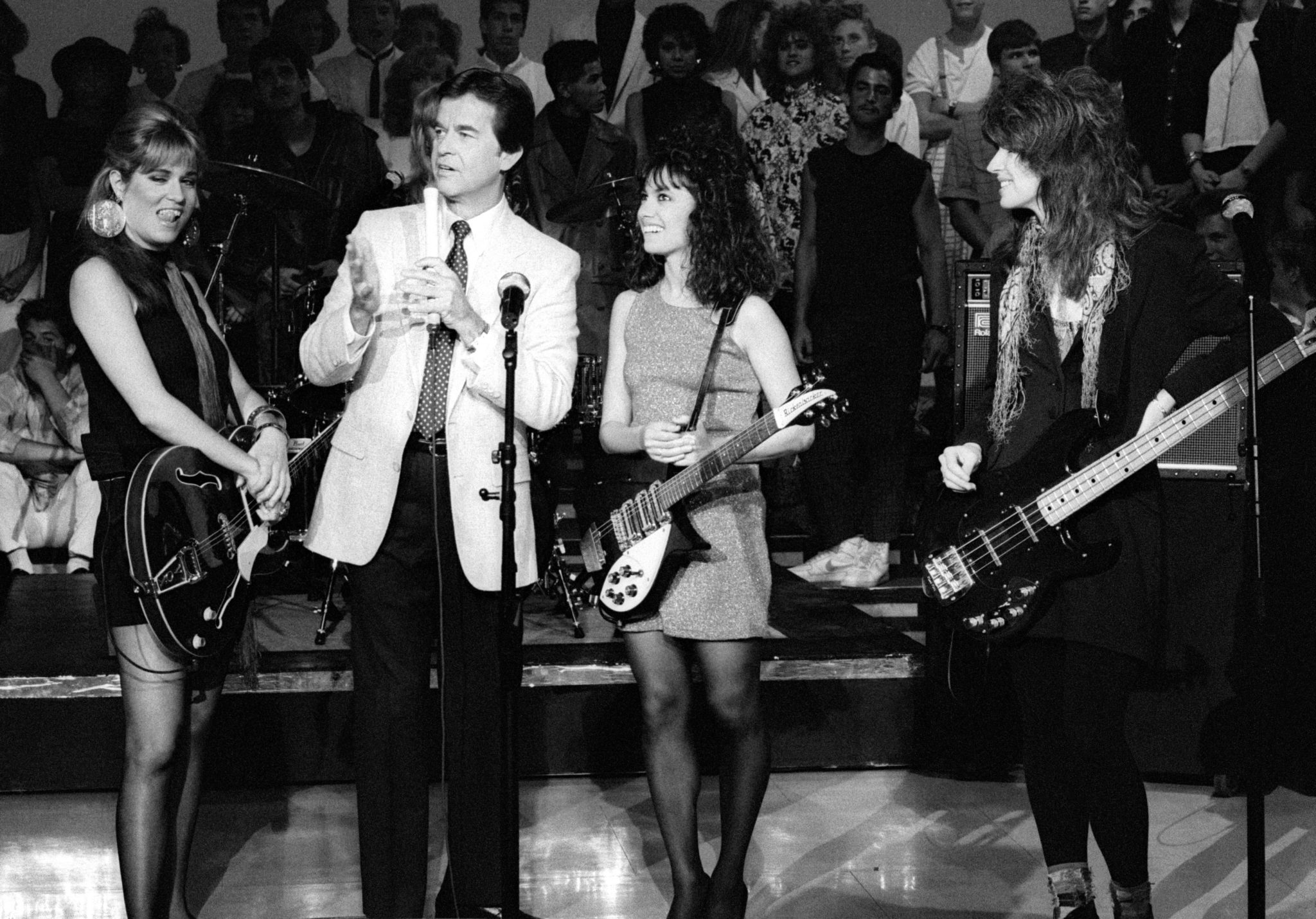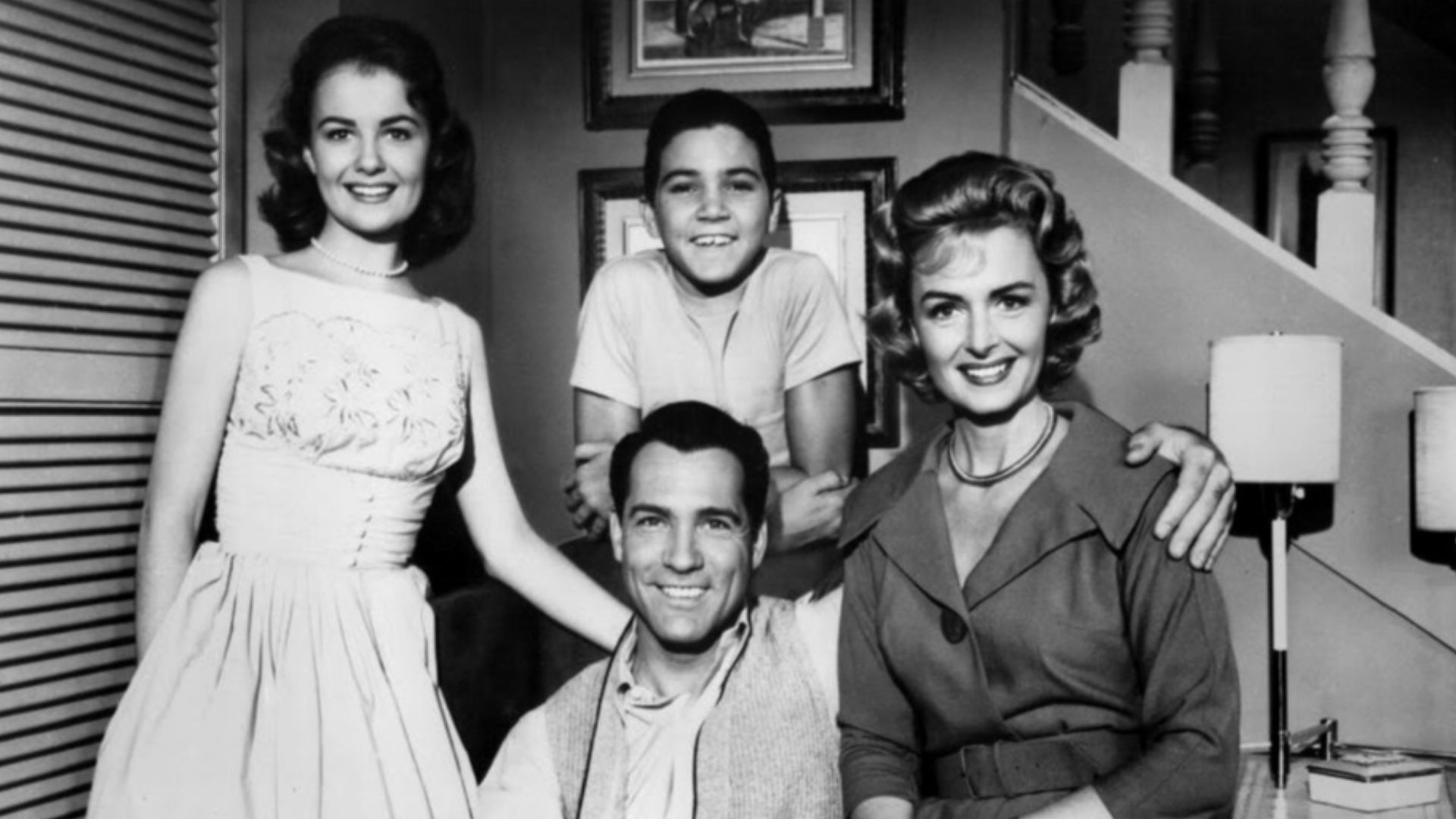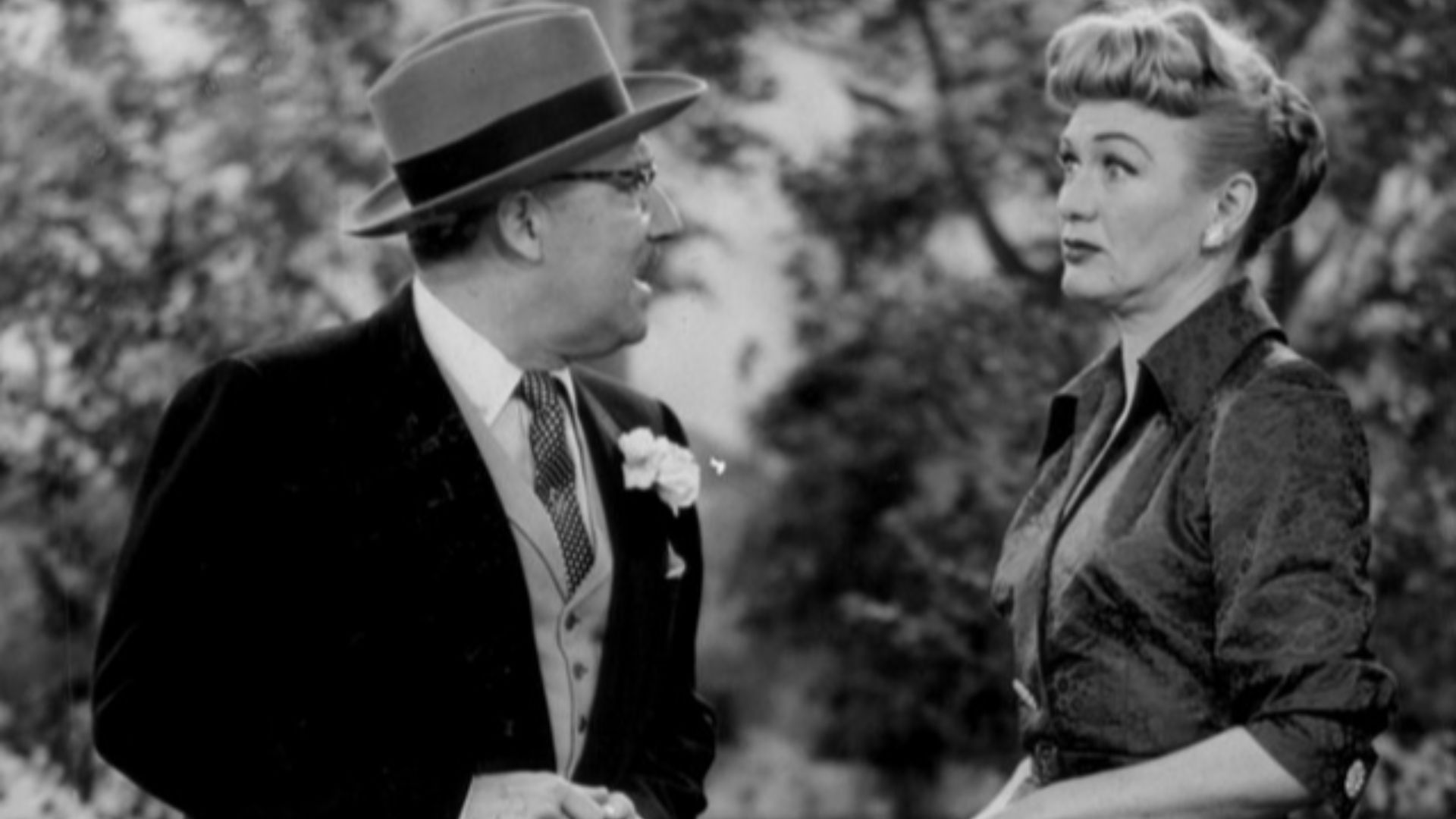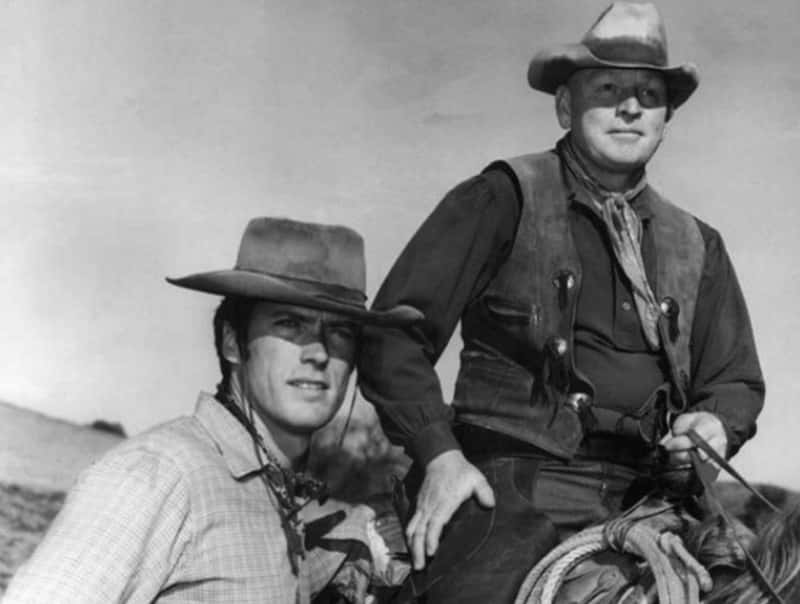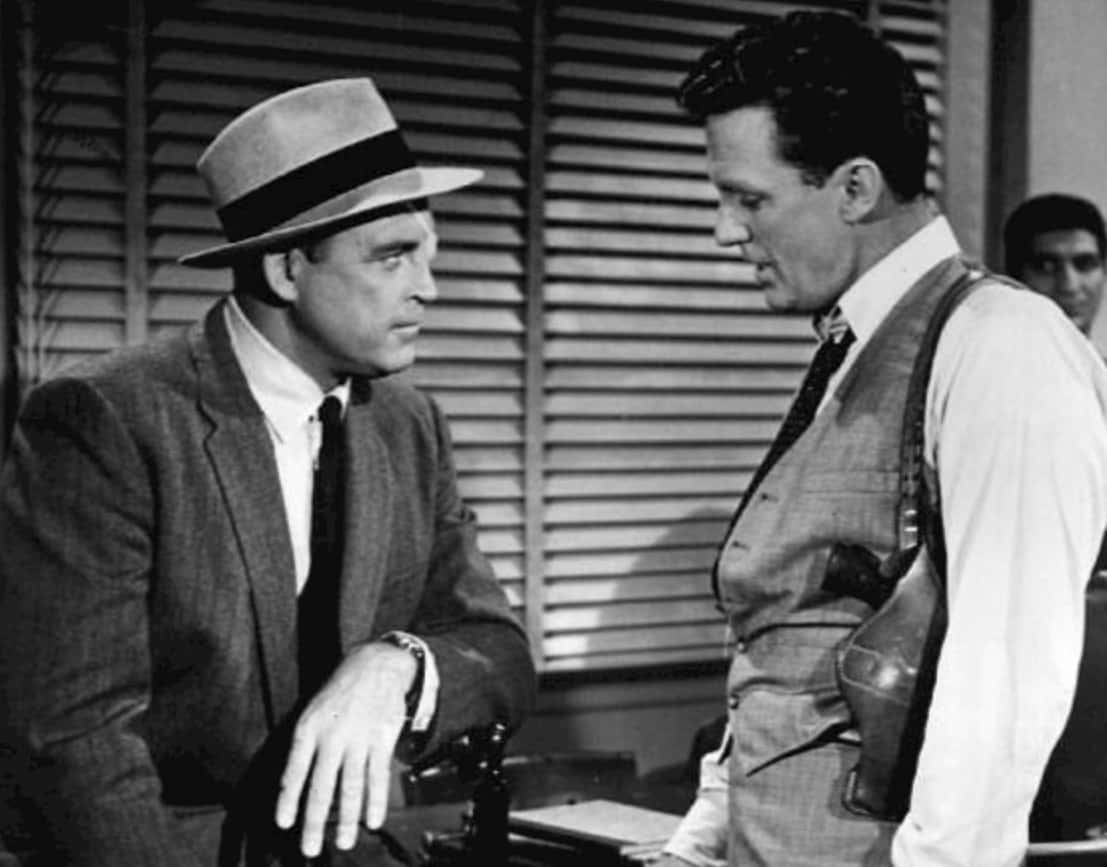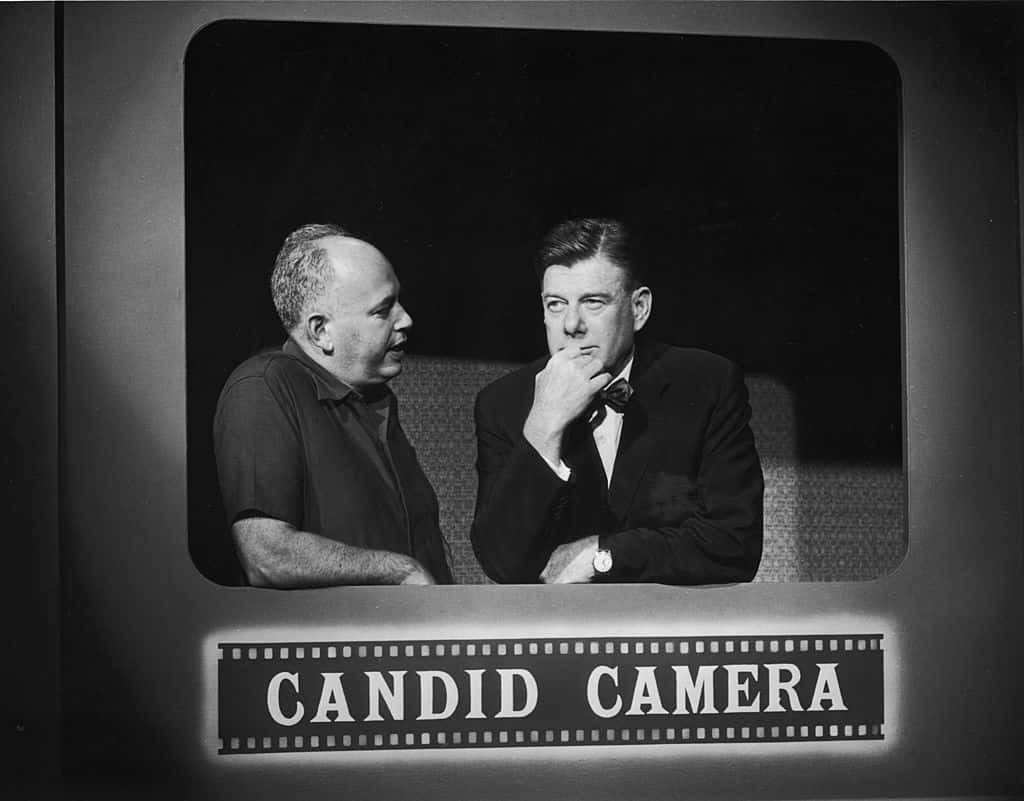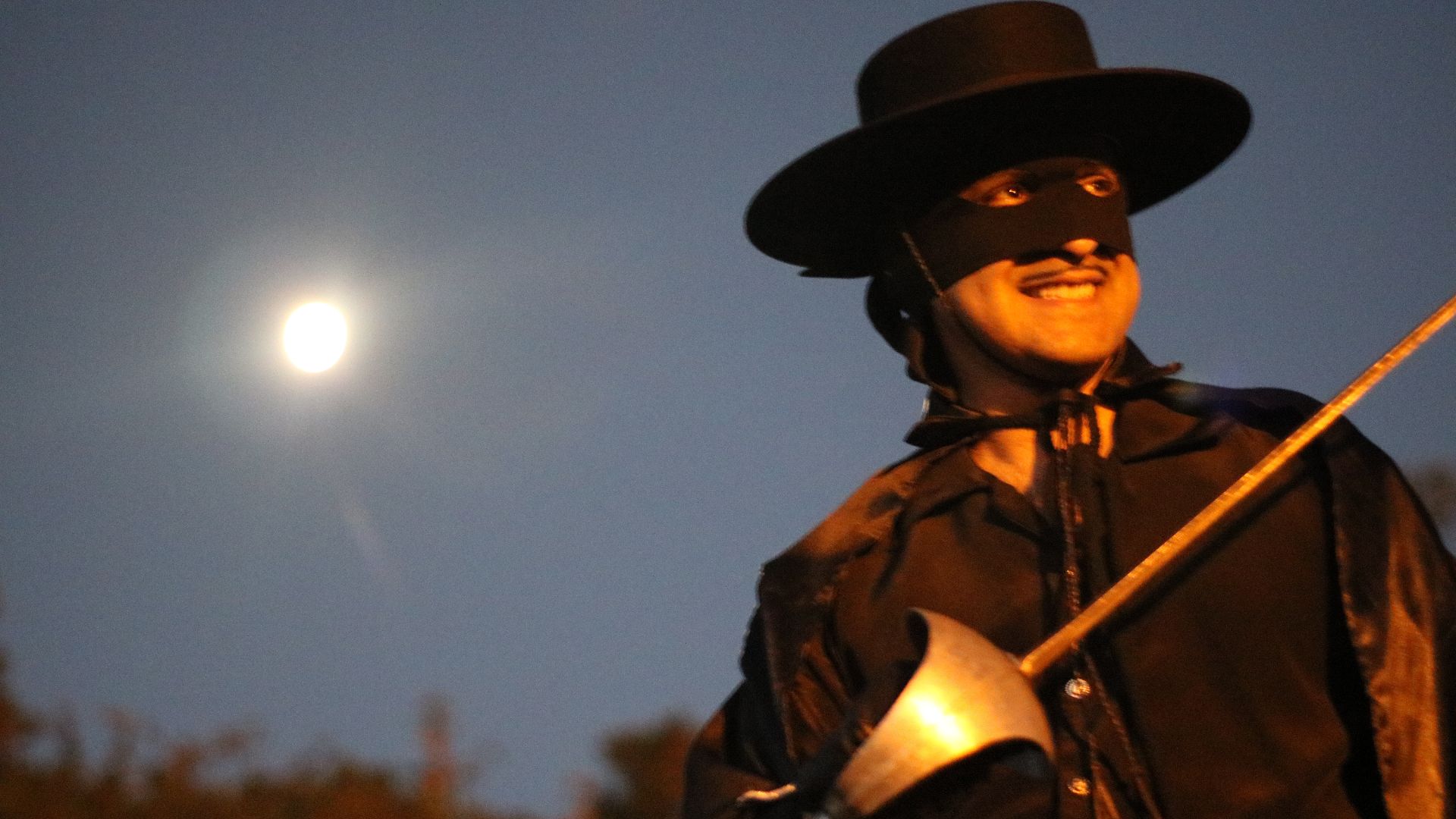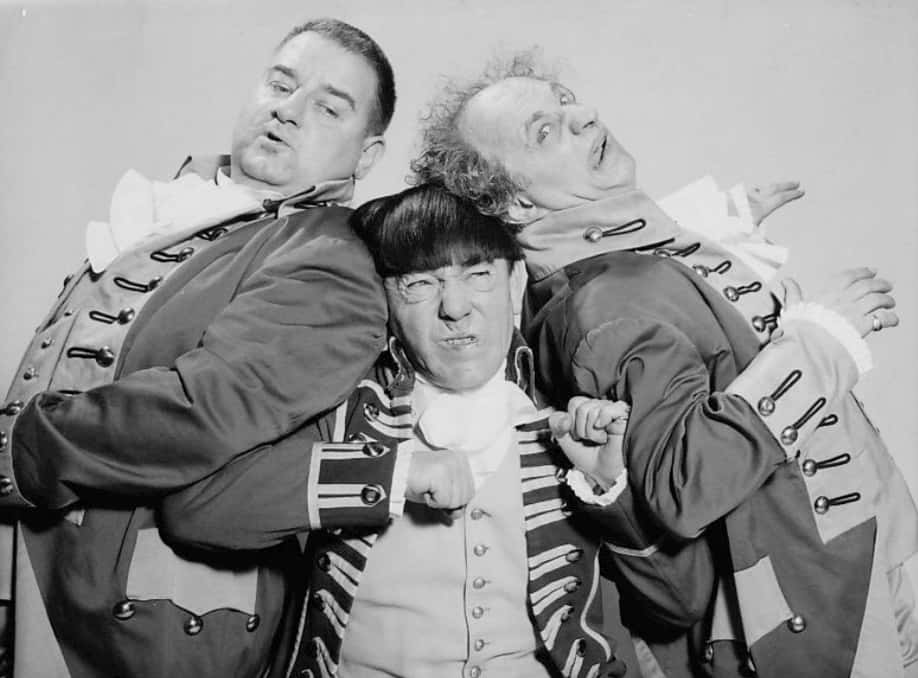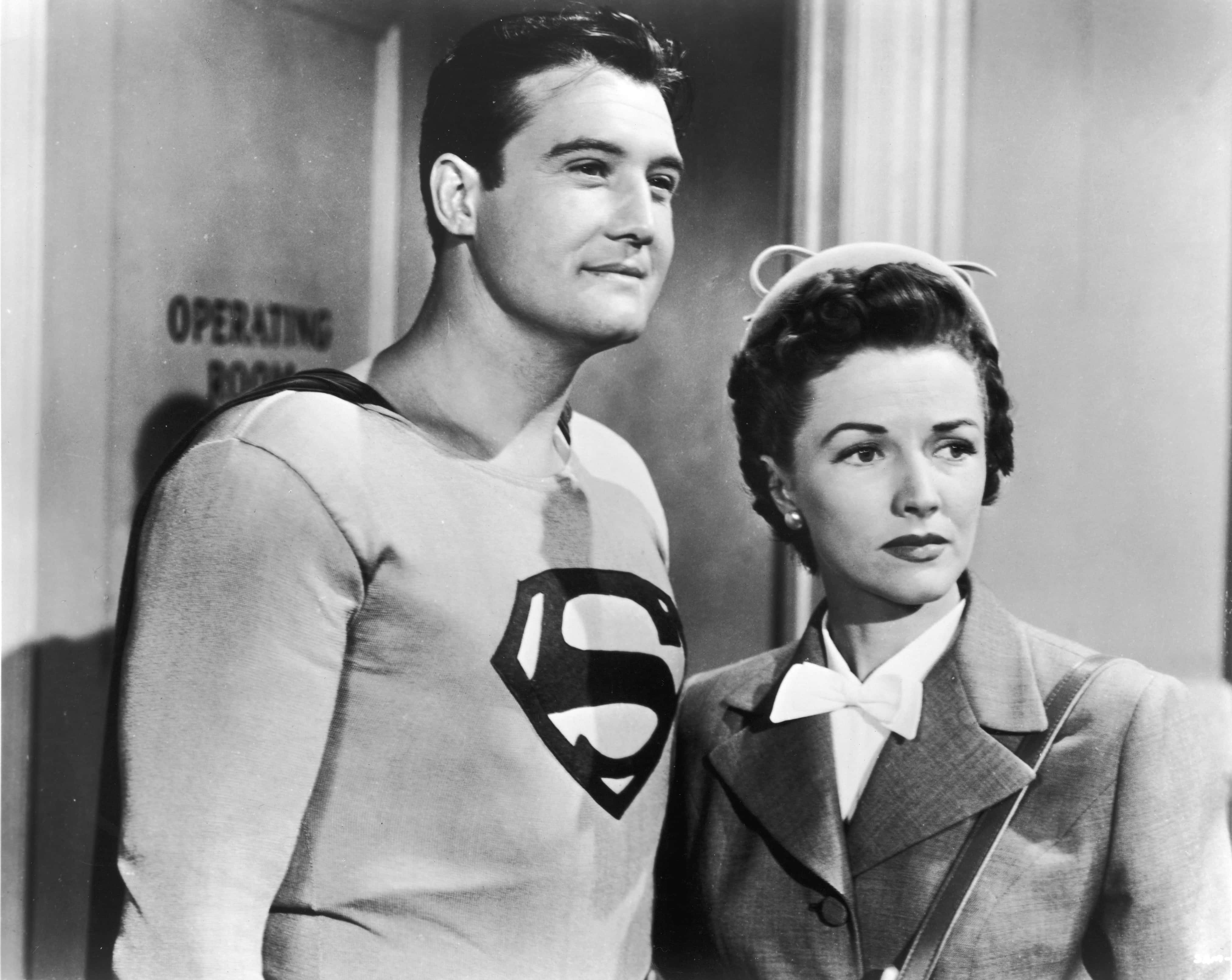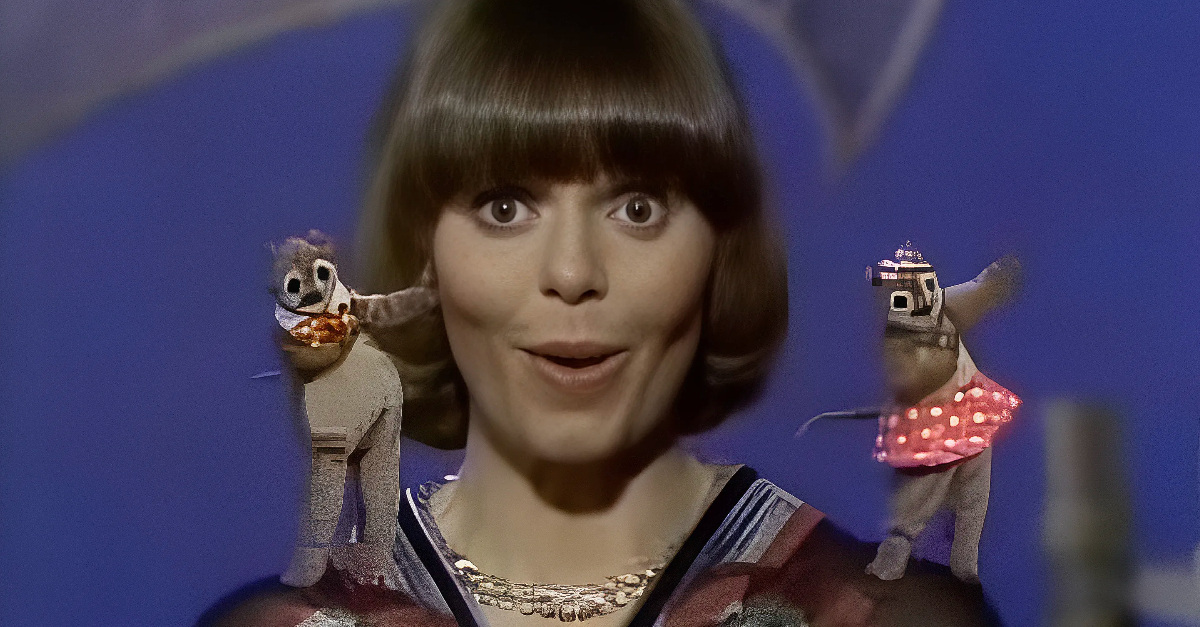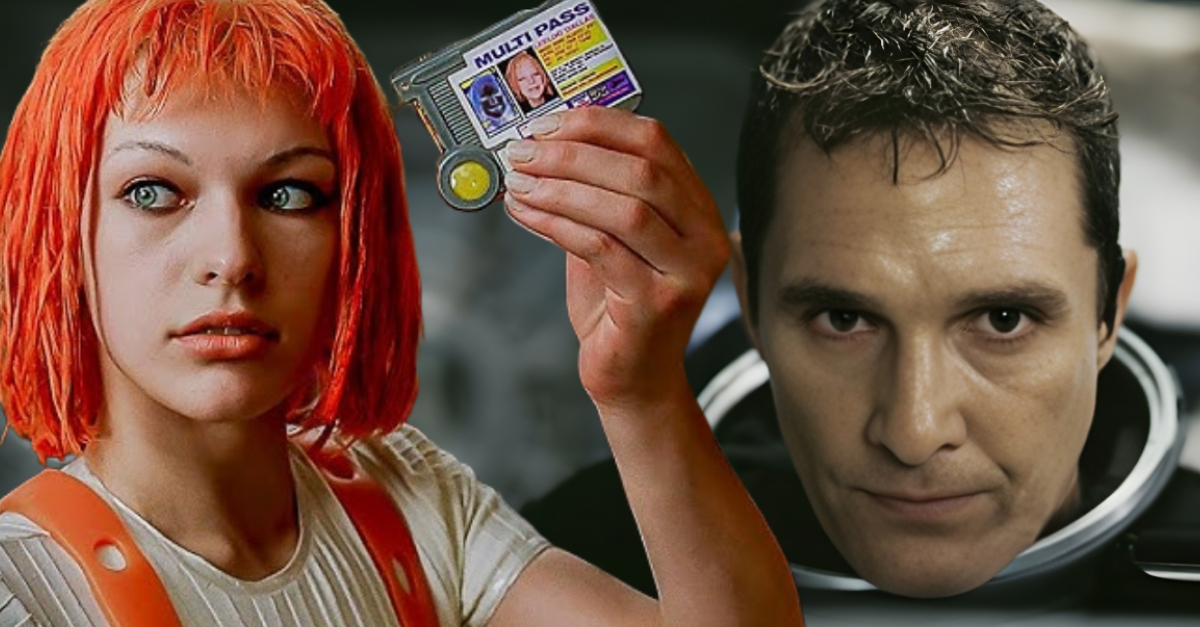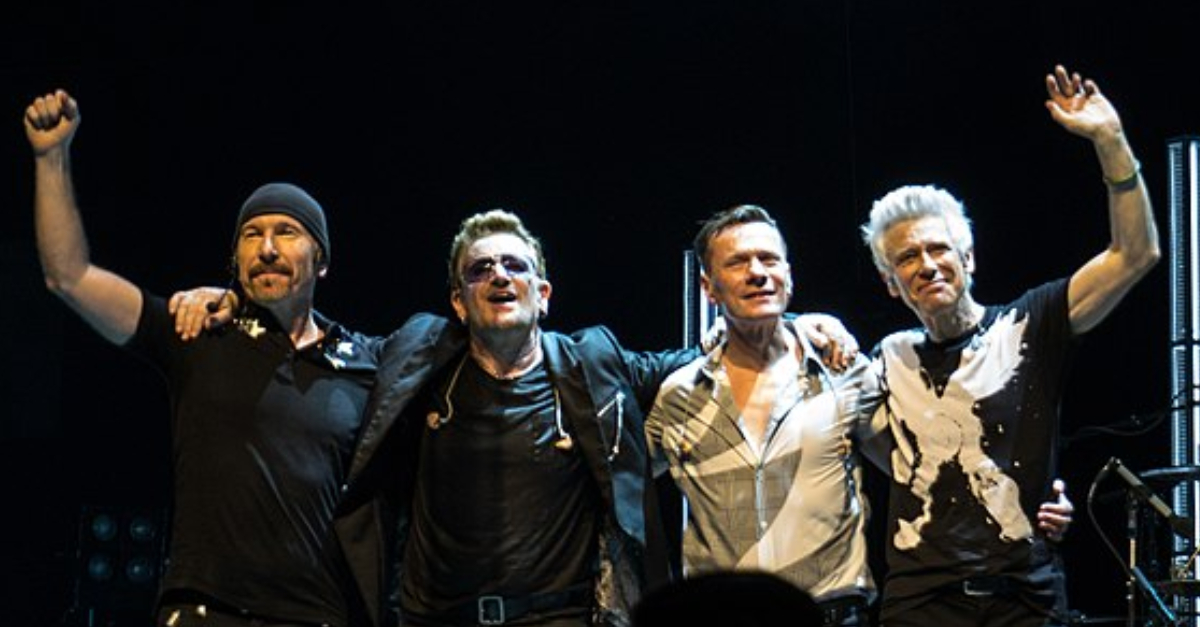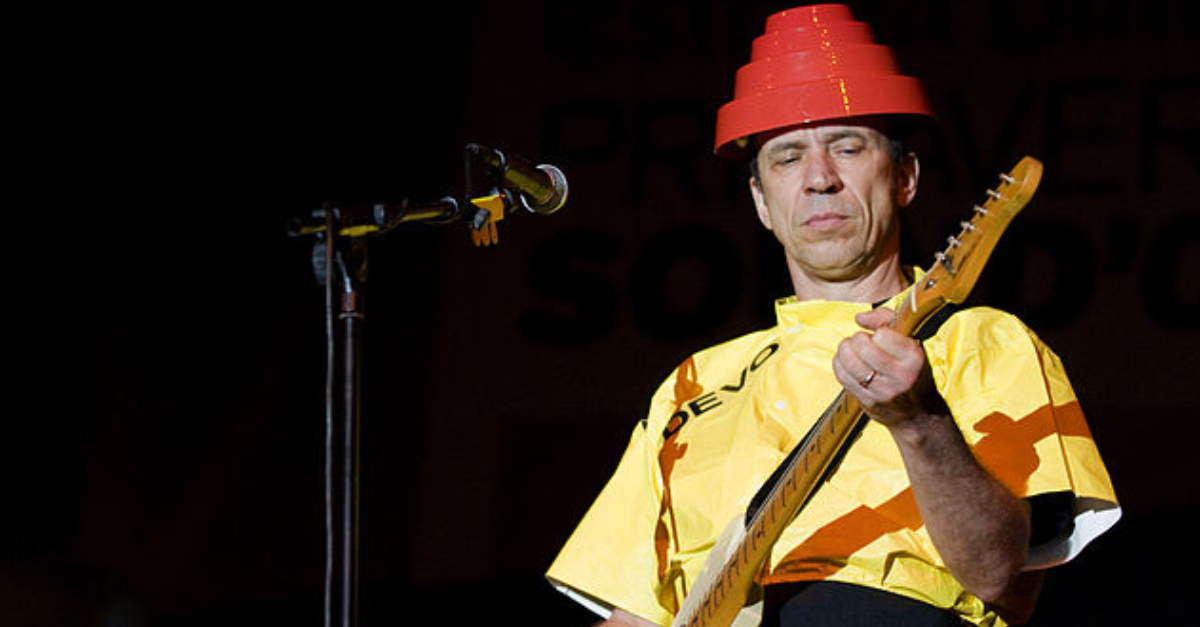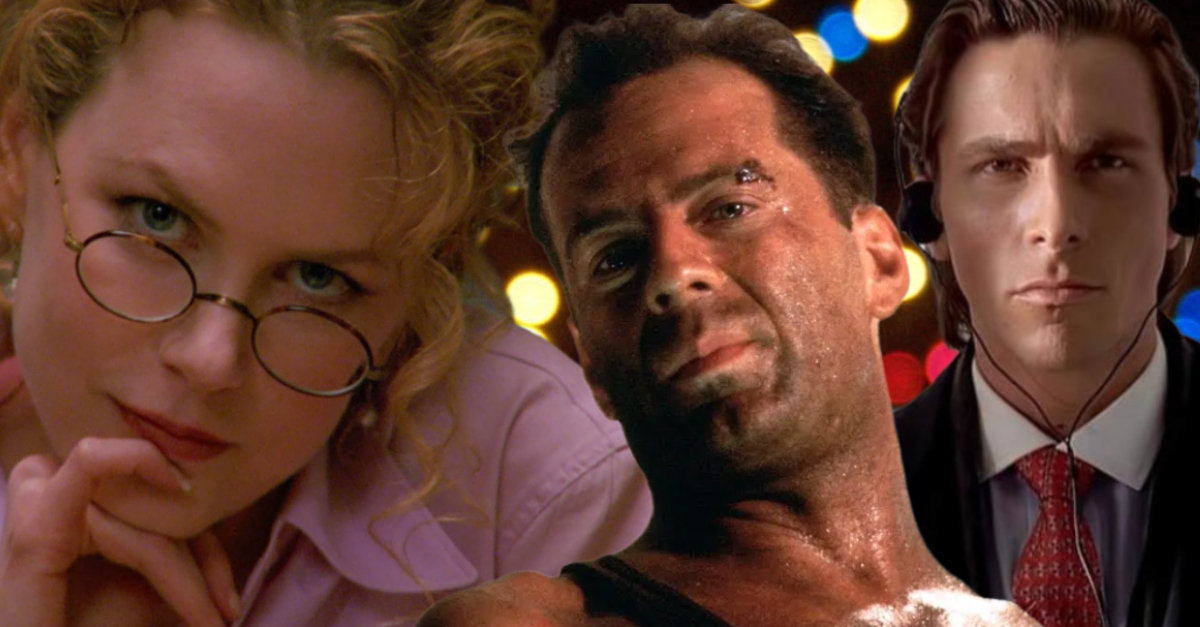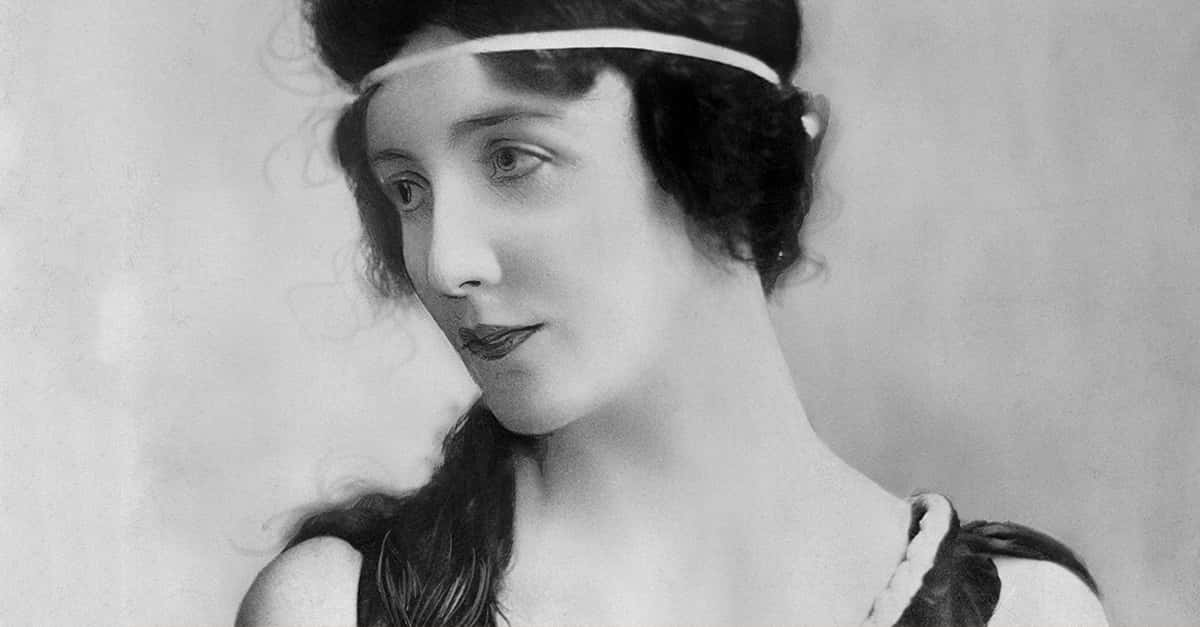Striking Gold
The (first) Golden Age of Television was in full swing during the 1950s, which saw an explosion in TVs Americans bought and shows they watched. Here’s a look at some of the best, many starring radio stars leaping to the small screen, or featuring actors who would soon make it big.
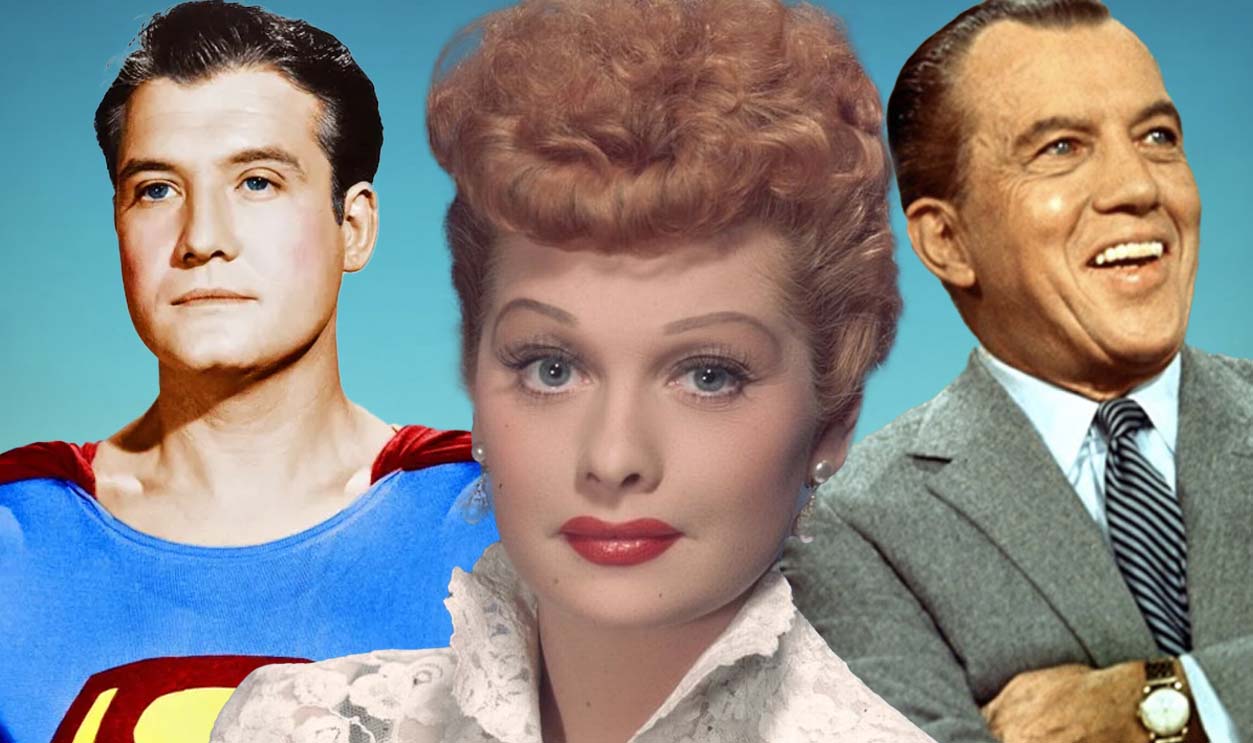
I Love Lucy (1951–1957)
Starring Lucille Ball and husband Desi Arnaz, this quintessential sitcom—about a hilariously scheming Lucy Ricardo and her exasperated nightclub bandleader Ricky—was the number one TV show in America during four of its six seasons, and one-hour specials extended their run into 1960.
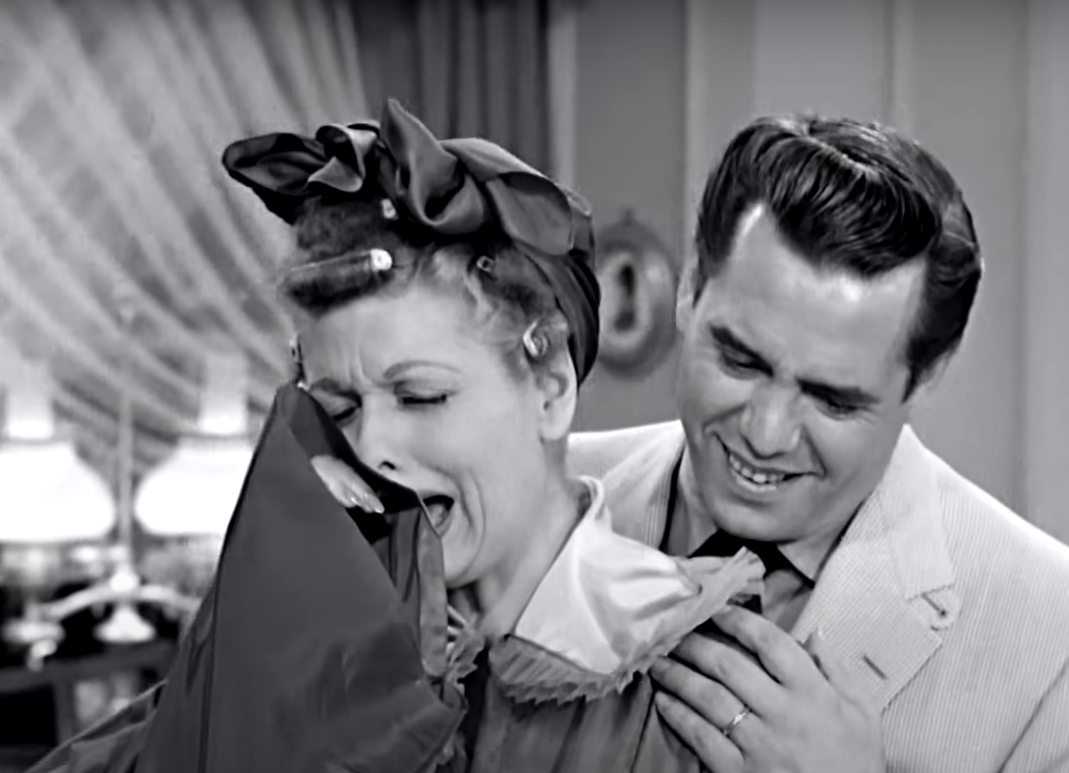 Desilu Productions, I Love Lucy (1951–1957)
Desilu Productions, I Love Lucy (1951–1957)
The Honeymooners (1955–1956)
As with I Love Lucy, it’s hard to think of 1950s TV shows without thinking of Jackie Gleason and The Honeymooners. But this groundbreaking sitcom about ordinary working-class folk lasted only 39 episodes. While it started off at number two, The Perry Como Show pushed it down to number 19.
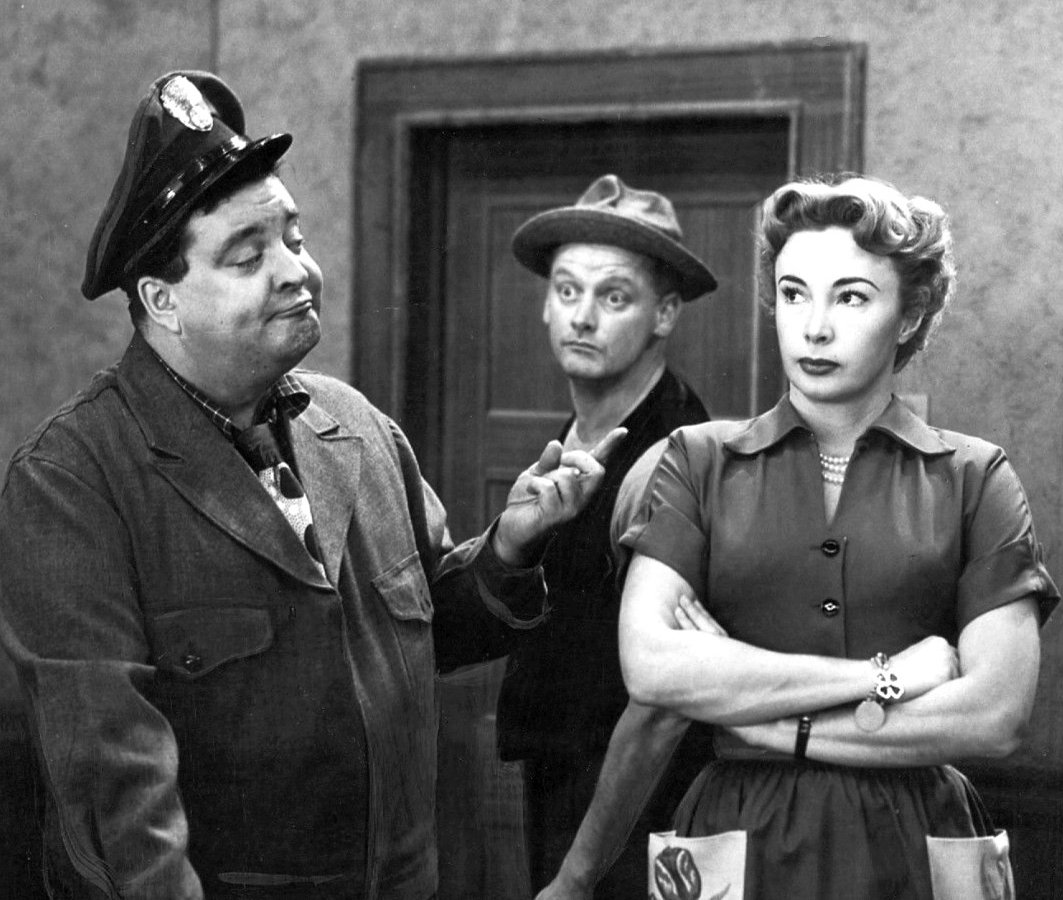 CBS-TVUploaded, Wikimedia Commons
CBS-TVUploaded, Wikimedia Commons
Leave It To Beaver (1957–1963)
CBS dropped the show after one season, while ABC bounced it around for five more years. Not the most popular at the time, this series about a suburban boy’s baffling encounters with the adult world proved a bigger hit in reruns—spawning a reunion and sequel series in the 1980s.
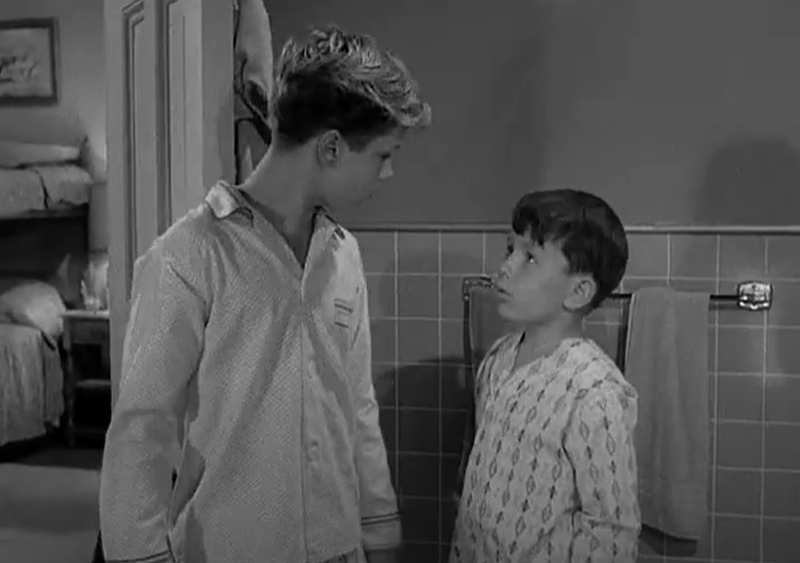 Gomalco Productions, Leave It to Beaver (1957–1963)
Gomalco Productions, Leave It to Beaver (1957–1963)
American Bandstand (1952–1989)
This Philadelphia show went national in 1957, prompting young music fans coast to coast to rush home after school to watch teenagers dance to lip-syncing performers. By the end of the decade, Dick Clark and his musicians were getting 20 million views every weekday afternoon.
The Jack Benny Program (1950–1965)
Comedian Jack Benny played the “straight man,” a notorious cheapskate who tortured people with his horrific violin playing. The program debuted on radio in 1932, and soon perfected its show-within-a-show format that broke the fourth wall by commenting on its audience and actors.
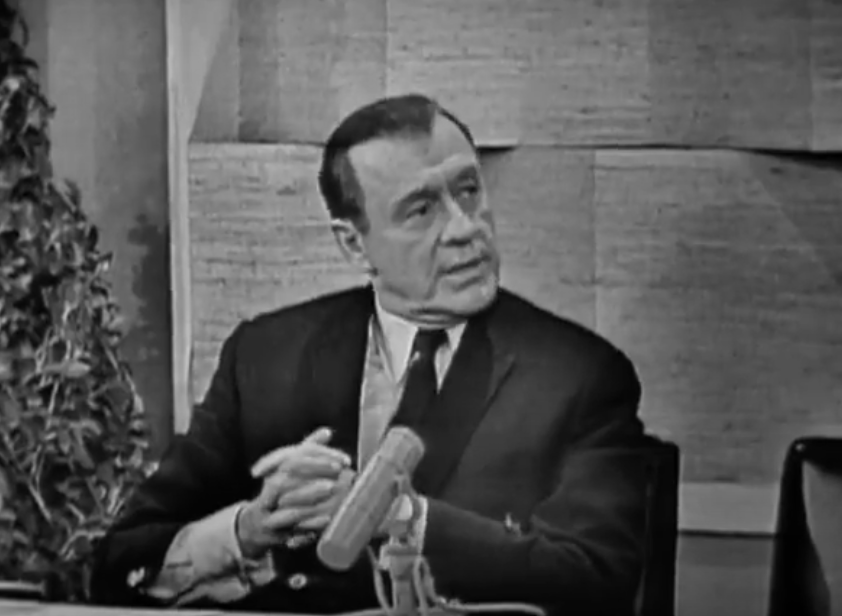 CBS, The Jack Benny Program (1950–1965)
CBS, The Jack Benny Program (1950–1965)
Father Knows Best (1954–1960)
Originally a joke-filled radio show, the TV sitcom starred Robert Young and Jane Wyatt heading up a family in a Springfield located somewhere in America, decades before The Simpsons. Young successfully pushed for a new cast and a warmer attitude when the show switched to TV.
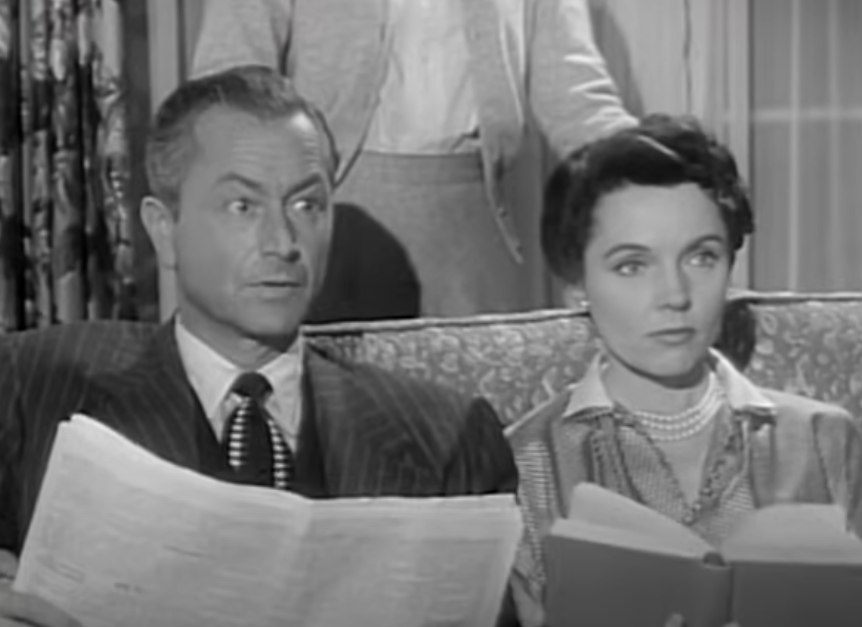 Columbia, Father Knows Best (1954–1960)
Columbia, Father Knows Best (1954–1960)
The Adventures Of Ozzie And Harriet (1952–1966)
A real-life musical family, headed by Ozzie and Harriet Nelson, starred in this long-running sitcom that also started off in radio. Although for some time the credits insisted the show’s characters were “played by” the performers, many of the plotlines were based on actual events.
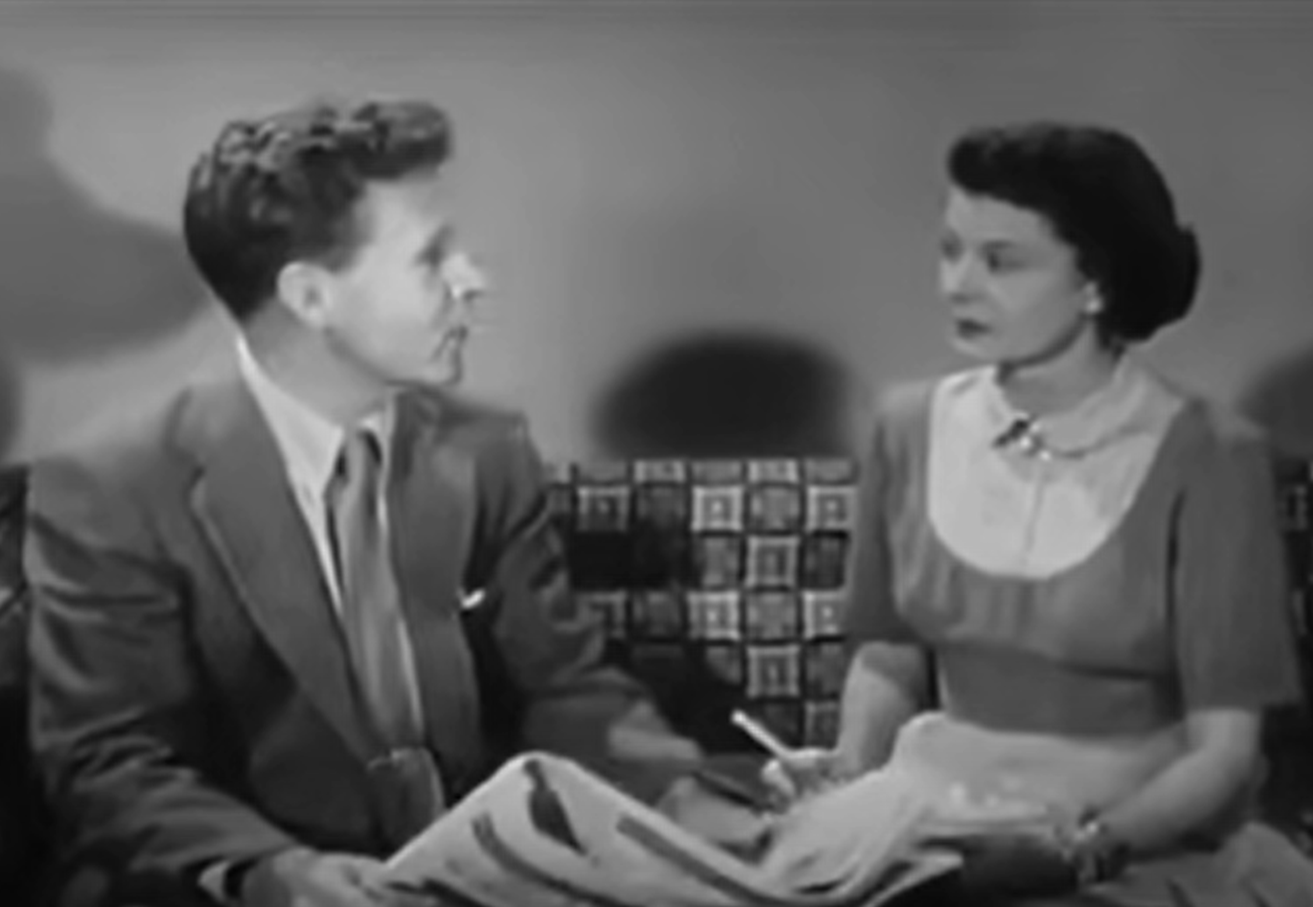 ABC, The Adventures of Ozzie and Harriet (1952-1966)
ABC, The Adventures of Ozzie and Harriet (1952-1966)
The Red Skelton Show (1951–1971)
Starting out in radio and movies, comedian Red Skelton leapt to TV for a two-decade run, winning Skelton and his show three Emmy Awards. The series offered both comedy skits and musical performances, with an opening monologue sometimes involving crosseyed seagulls.
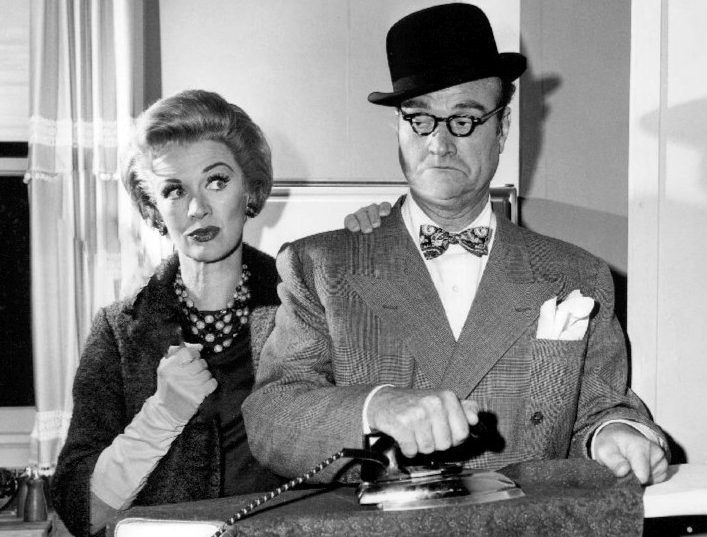 CBS Television, Wikimedia Commons
CBS Television, Wikimedia Commons
The Donna Reed Show (1958–1966)
Donna Reed was known for It’s A Wonderful Life (1946) and From Here To Eternity (1953) when she started playing housewife Donna Stone. The TV sitcom was the first to place a mother as the central focus. Strong and gentle, the character was reportedly quite similar to the actress.
Our Miss Brooks (1952–1956)
Starting off as a radio show, this sitcom about a high school English teacher became one of TV’s first hits. Eve Arden played wily-tongued Connie Brooks in the radio, TV, and film versions of the show. Unusually for TV of the time, she was a female character with career ambitions.
Gunsmoke (1955–1975)
US Marshal Matt Dillon endeavors to protect the town’s citizenry from misfortunes, usually blamed on outsiders. Starting off in radio, this TV show about pioneer life in Dodge City, Kansas, ran for 635 episodes, a record for an American primetime scripted series—until The Simpsons.
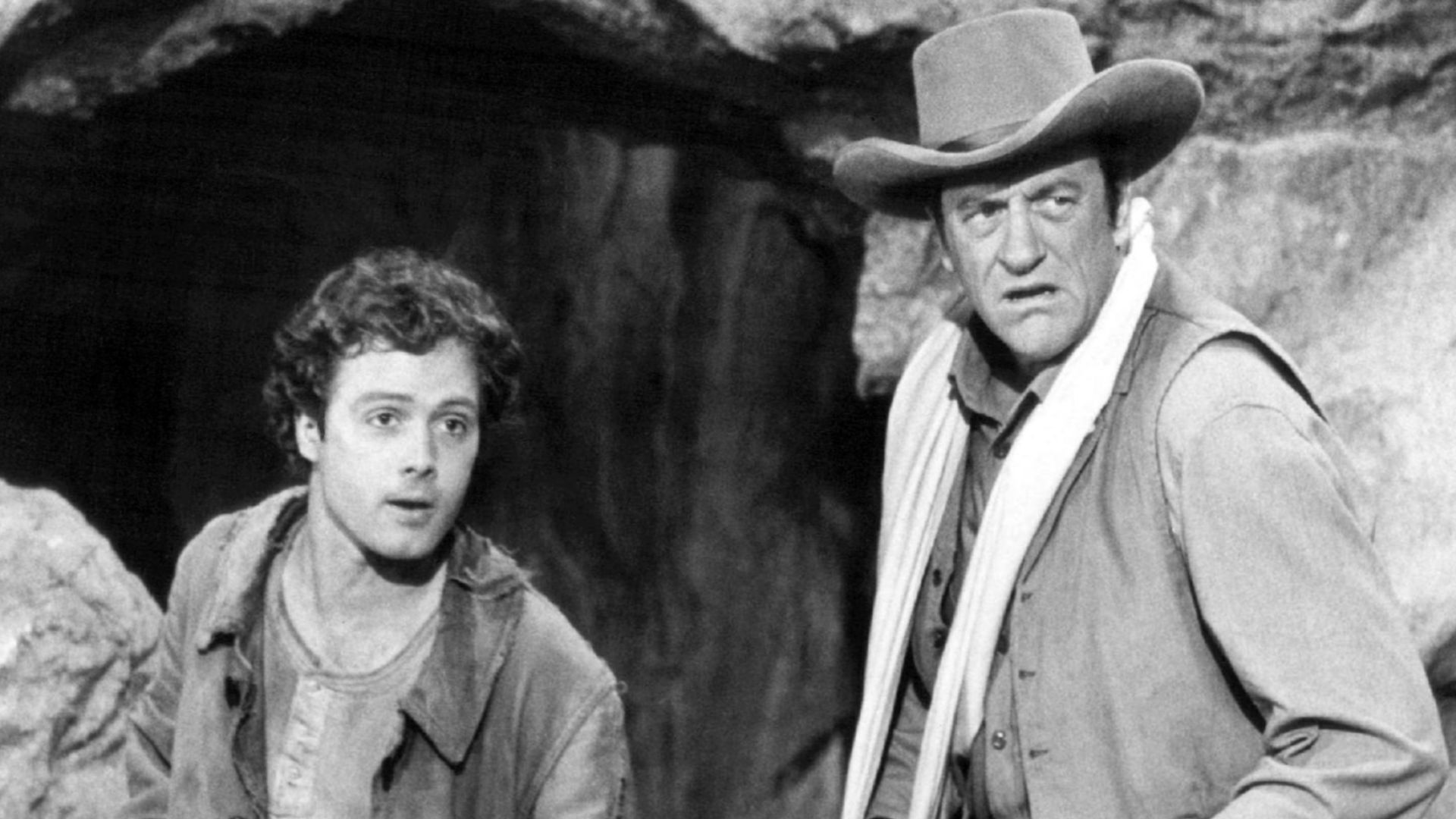 CBS Television, Wikimedia Commons
CBS Television, Wikimedia Commons
Bonanza (1959–1973)
Barely qualifying as a 1950s show, Bonanza debuted on September 12, 1959, and lasted 14 seasons. The show took its title from a Spanish term for a big ore deposit, and focused on a wealthy Nevada family in the 1860s. Series stars included Lorne Greene and Michael Landon.
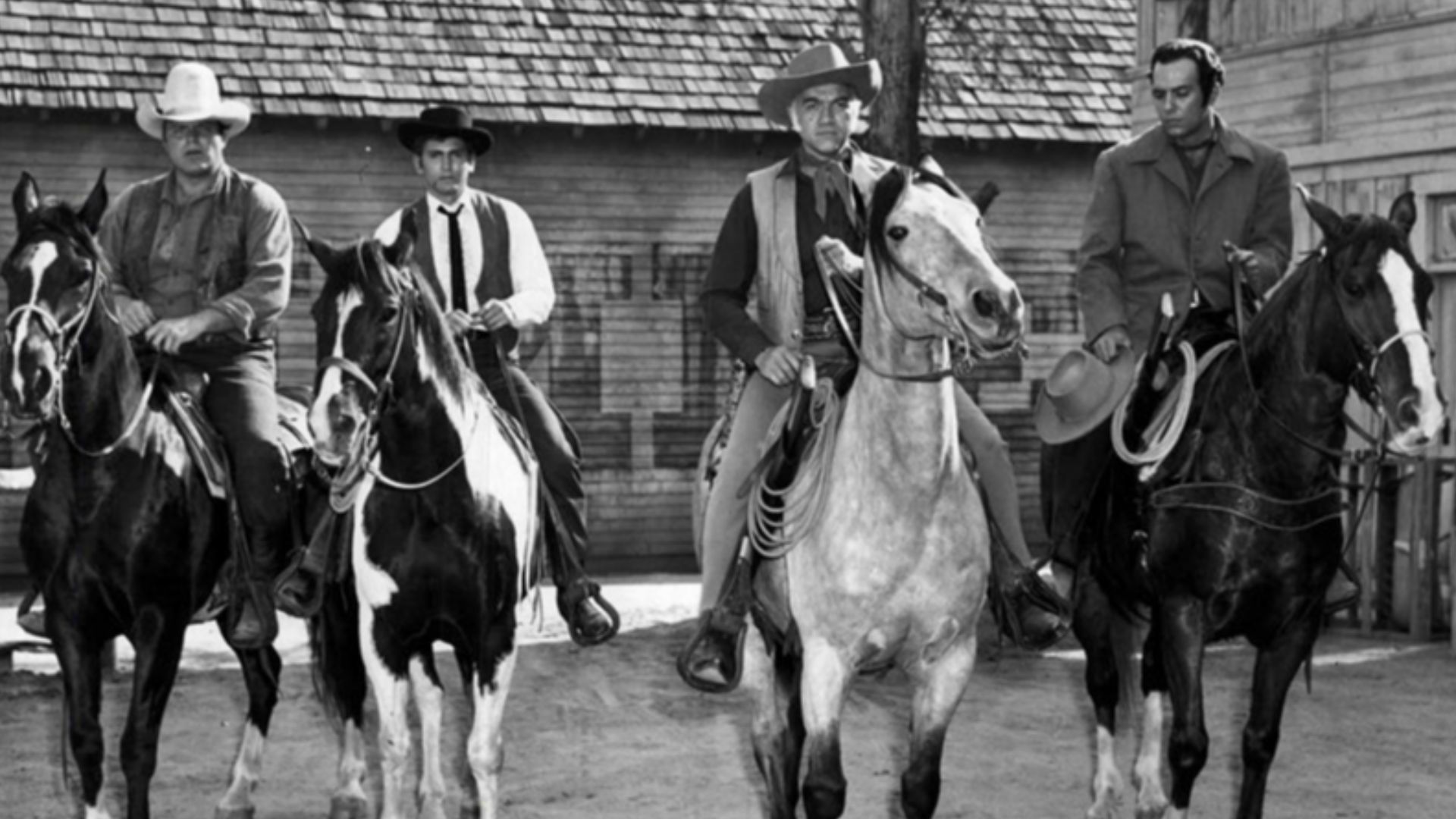 NBC Television, Wikimedia Commons
NBC Television, Wikimedia Commons
Rawhide (1959–1965)
Here’s another Western barely squeaking through as a 1950s TV show, and it’s also set in the 1860s. Clint Eastwood played Rowdy Yates, who along with trail boss Gil Favor, played by Eric Fleming, valiantly rescue victims of corruption and malice as the two go about their cattle runs.
Maverick (1957–1962)
Marked by creative and legal disputes, the five seasons of this often humorous Western starred James Garner as a poker player with a conscience, reluctantly rising to the challenge when circumstances dictated. Garner left after three seasons, replaced for a time by Roger Moore.
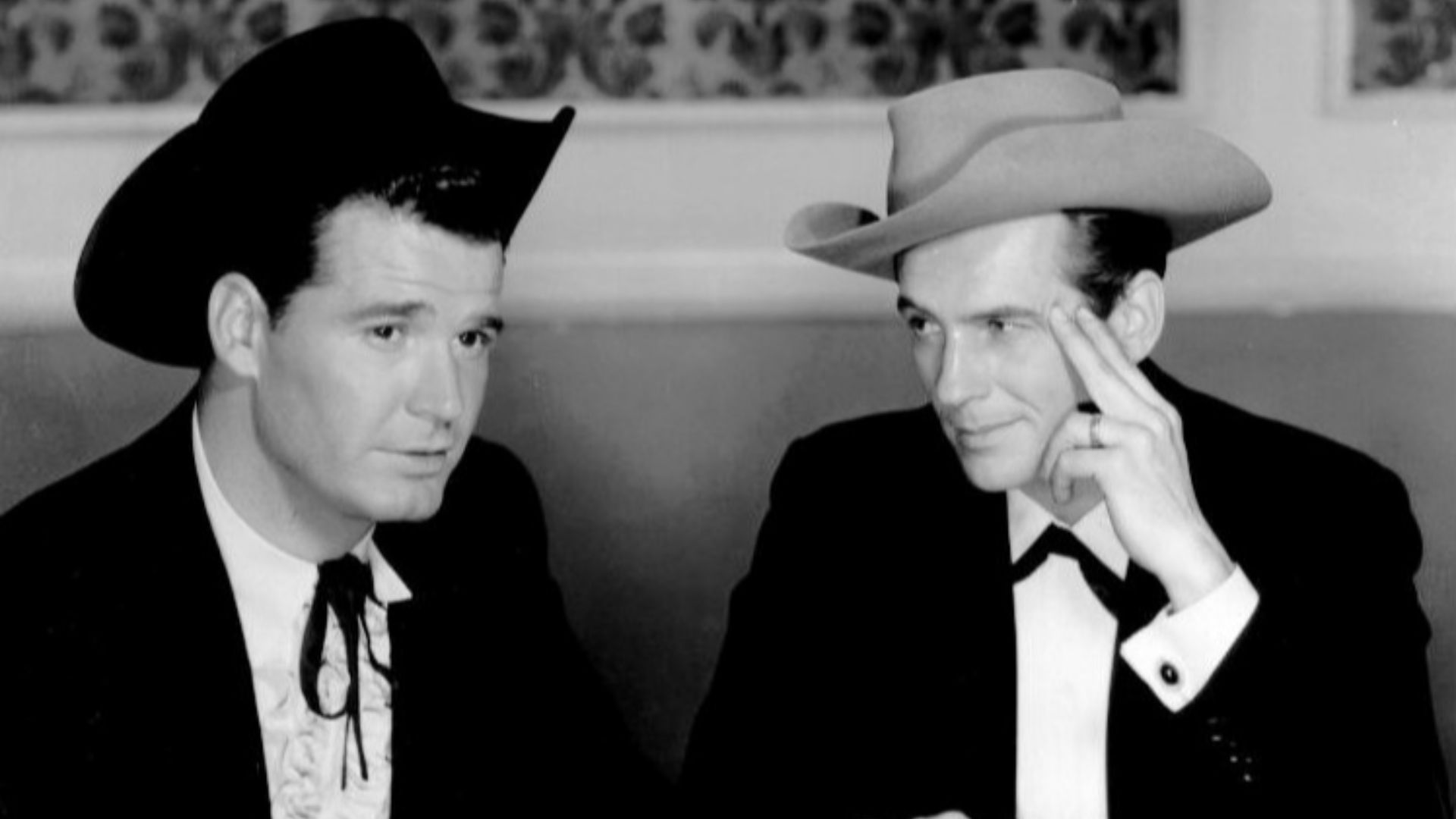 Warner Brothers Television, Wikimedia Commons
Warner Brothers Television, Wikimedia Commons
Have Gun—Will Travel (1957–1963)
Unusually, this Western started off as a TV show before adding a radio counterpart. Richard Boone starred as Paladin, a gunfighter in the Wild West acting as an armed private investigator, ready to crack cases for a steep fee, though he wasn’t above working pro bono for the needy.
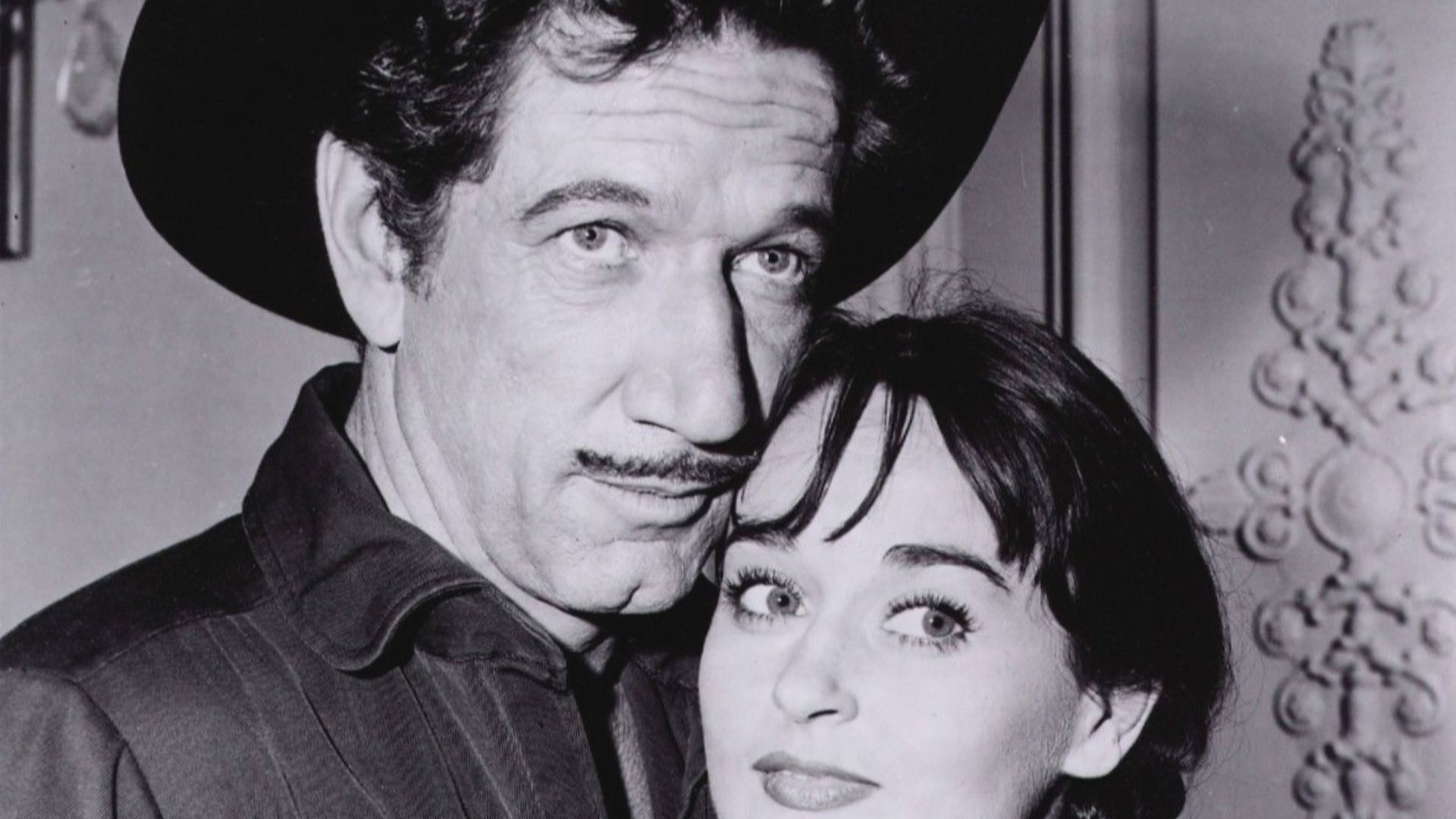 CBS Television Network, Wikimedia Commons
CBS Television Network, Wikimedia Commons
The Rifleman (1958–1963)
Set near the fictitious North Fork of the 1880s, this Western broke new ground by being the first American primetime show featuring a single parent. Lucas McCain (Chuck Connors) raises son Mark (Johnny Crawford) on a ranch where Lucas likes to give people a second chance at life.
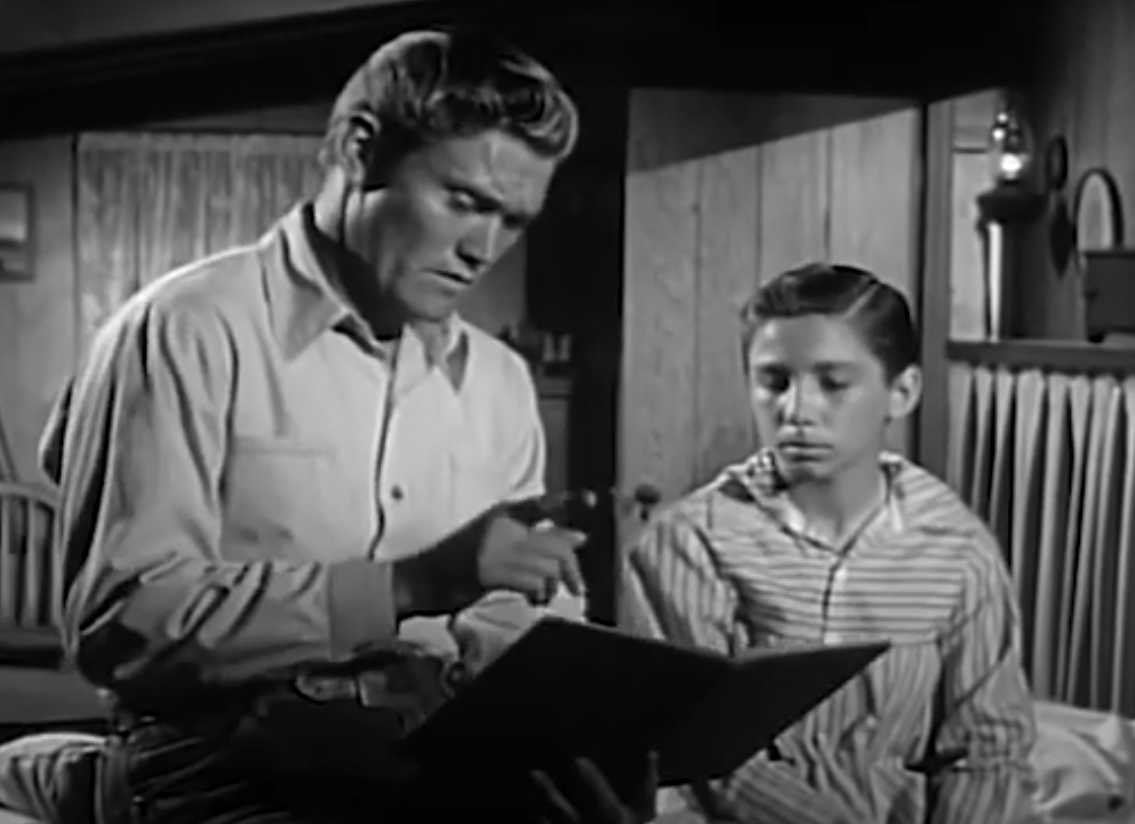 Four Star Productions, The Rifleman (1958–1963)
Four Star Productions, The Rifleman (1958–1963)
Wagon Train (1957–1965)
The TV Western craze was spurred in part by this show that hit number one in the Nielsen ratings. As the “wagon trail” makes its way through the Midwest to California, it encounters various characters on its exciting adventures. It even inspired Star Trek, later pitched as “Wagon Train to the stars”.
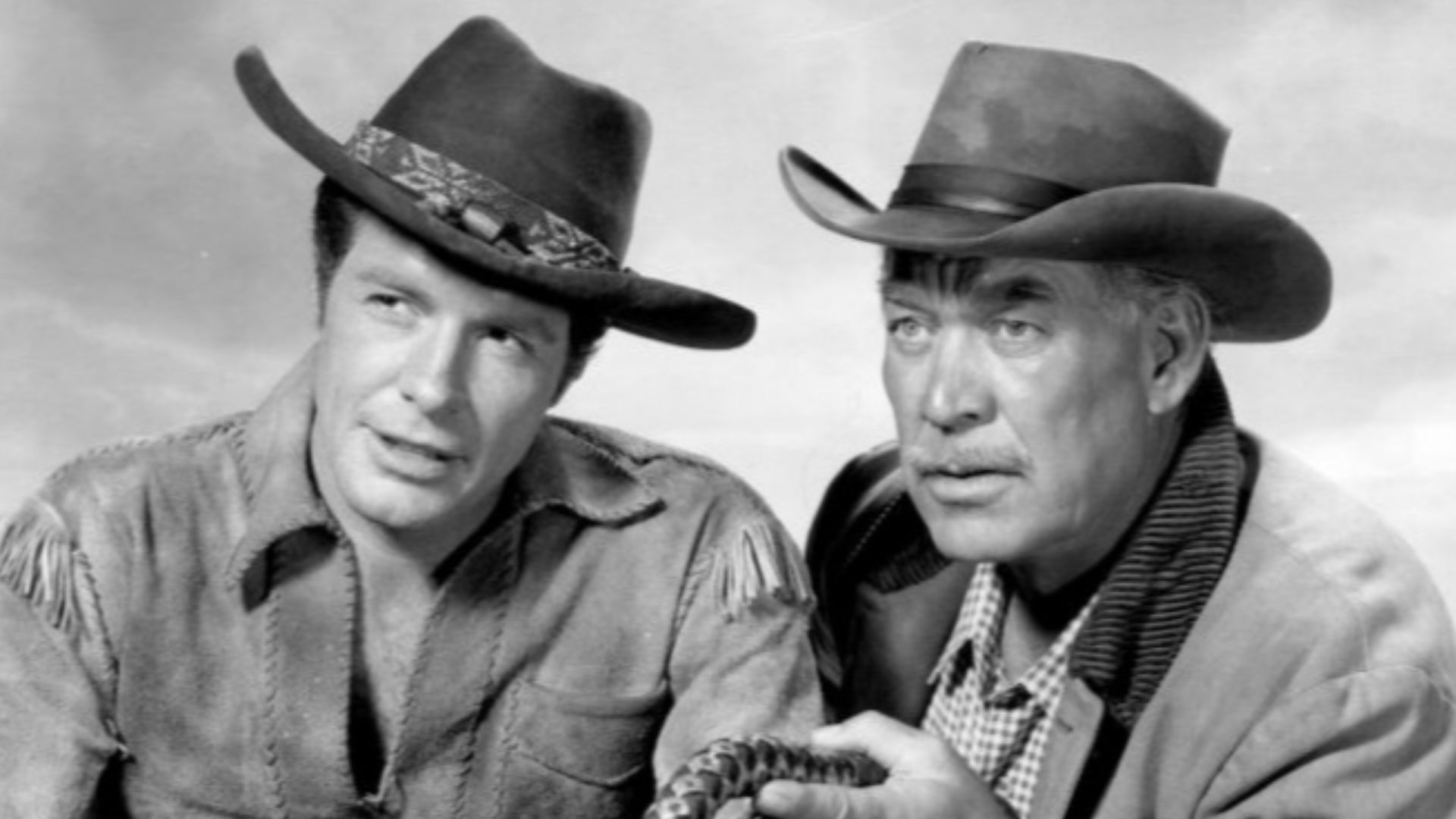 ABC Television, Wikimedia Commons
ABC Television, Wikimedia Commons
Perry Mason (1957–1966)
This hugely popular legal drama starred Raymond Burr as defense attorney Perry Mason, defending clients who were usually innocent of the murders they’d been charged with. Secretary Della Street and PI Paul Drake ably assist in these battles against District Attorney Hamilton Burger.
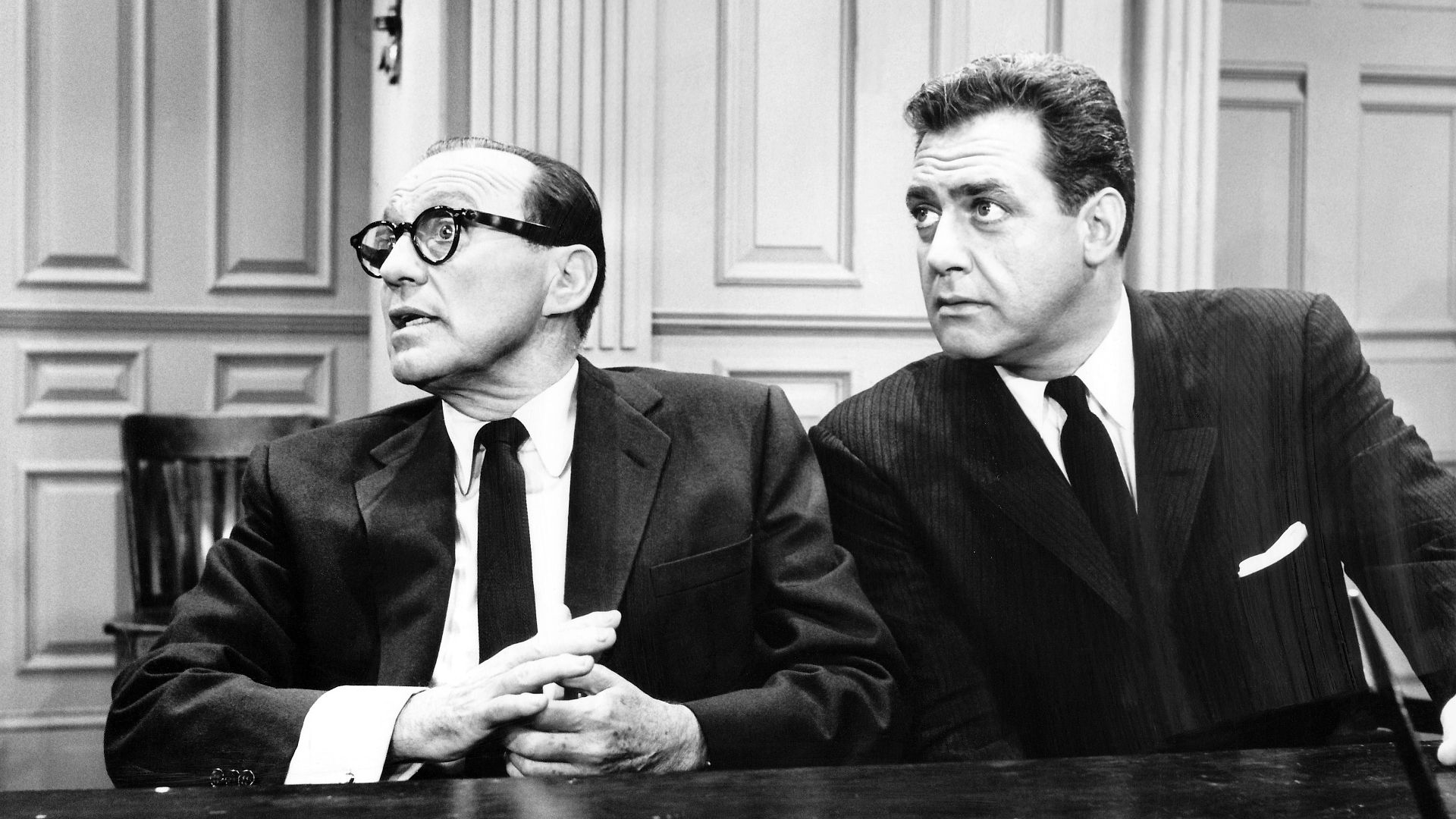 CBS Television (photographer unknown), Wikimedia Commons
CBS Television (photographer unknown), Wikimedia Commons
Dragnet (1951–1959)
A pioneering “ripped from the headlines” crime drama, Dragnet started on radio in 1949, spawning a franchise that included this 1950s TV series. Detective Joe Friday (Jack Webb) liked to stick to the facts, with the real LAPD vetting scripts and providing police cars and extras.
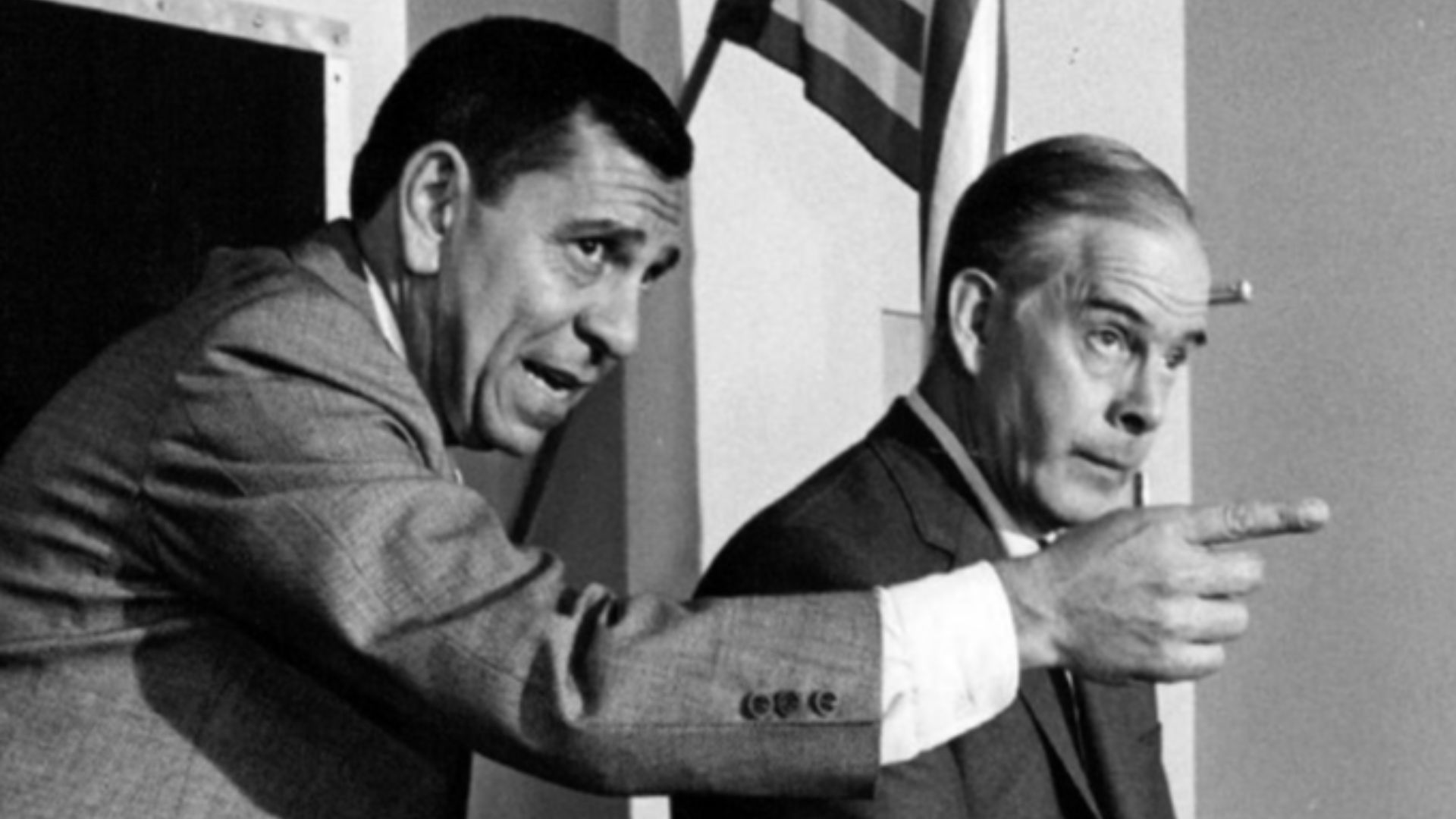 NBC Television, Wikimedia Commons
NBC Television, Wikimedia Commons
Highway Patrol (1955–1959)
Broderick Crawford starred as Dan Mathews, a police “boss” fighting crime in an unnamed Western state. The show was a hit at the time and in reruns, as Mathews chased down evasive rogues of the criminal world. The series ended because, as Crawford said, “We ran out of crimes”.
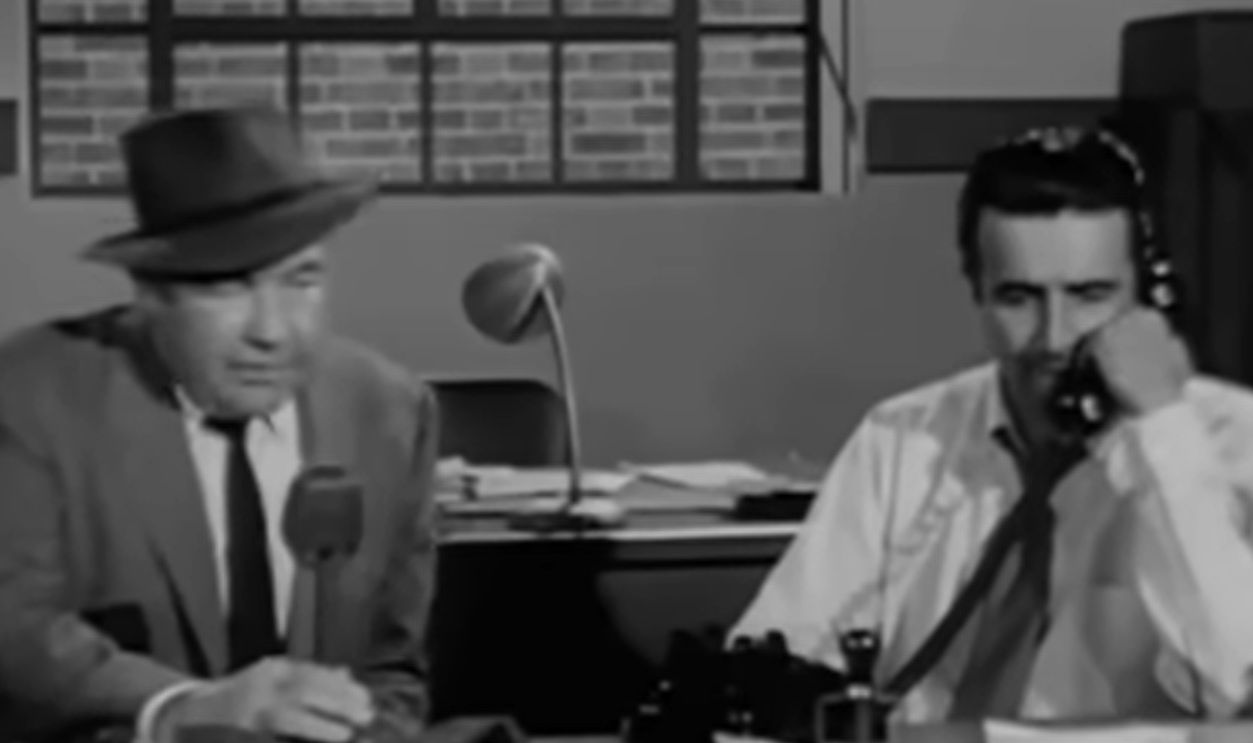 Highway Patrol 3 in Armored Car, Foxeema Classic TV 2
Highway Patrol 3 in Armored Car, Foxeema Classic TV 2
The Untouchables (1959–1963)
CBS broadcast a pilot episode about the capture of Al Capone, but declined to run the series. ABC then picked up this fictional account of Chicago crime bosses in the 1930s, pursued by a federal crime squad untouched by mob influence and headed by Robert Stack’s Eliot Ness.
77 Sunset Strip (1958–1964)
Former spies played by Efrem Zimbalist Jr and Roger Smith start a detective agency, Bailey & Spencer. Although originally intended to be serious, humor eventually seeped in, particularly with hair-obsessed “Kookie” (Edd Byrnes) and his hipster lingo that included “piling up Zs”.
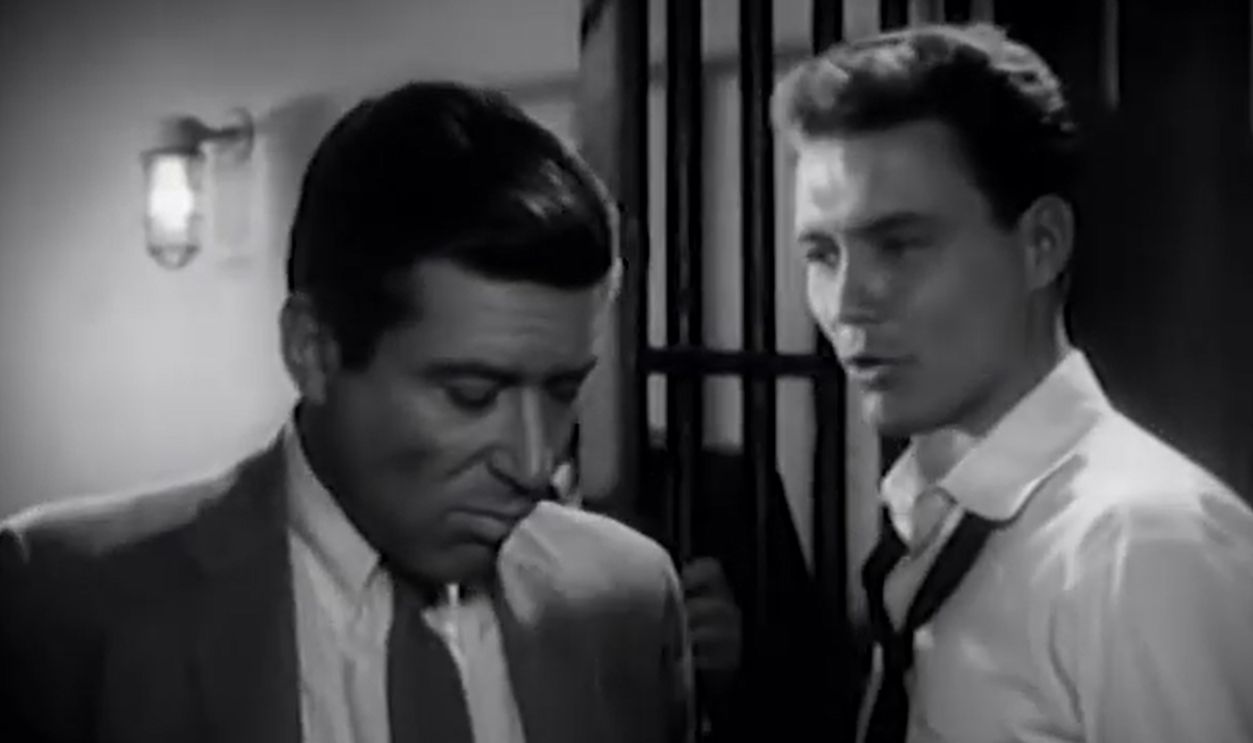 Pidax - 77 Sunset Strip (1958-1964, TV-Serie), Pidax Film
Pidax - 77 Sunset Strip (1958-1964, TV-Serie), Pidax Film
Dennis The Menace (1959–1963)
Based on Hank Ketcham’s comic strip, this TV series about a mischievous boy, his parents, and their long-suffering neighbor had CBS worried that kids might imitate Dennis, so they toned down his antics. The network wrapped up the show when lead actor Jay North neared his 12th birthday.
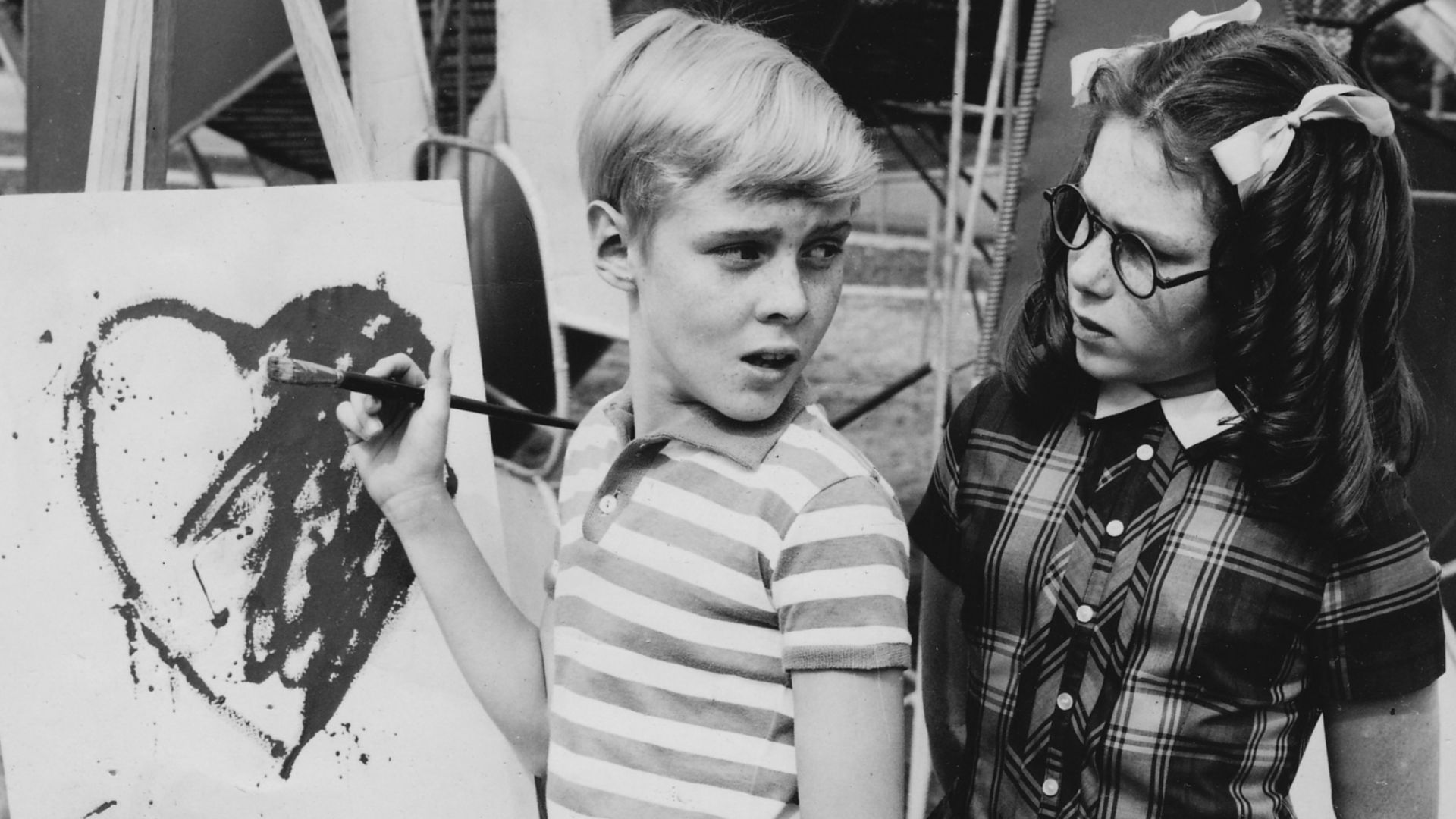 CBS Television Network, Wikimedia Commons
CBS Television Network, Wikimedia Commons
Captain Kangaroo (1955–1984)
After stints as Clarabell the Clown on NBC’s The Howdy Doody Show, Bob Keeshan got the green light from CBS for a weekday children’s show starring a big-pocketed Captain Kangaroo. Keeshan held court in his “Treasure House” for 9,000 episodes spanning nearly three decades.
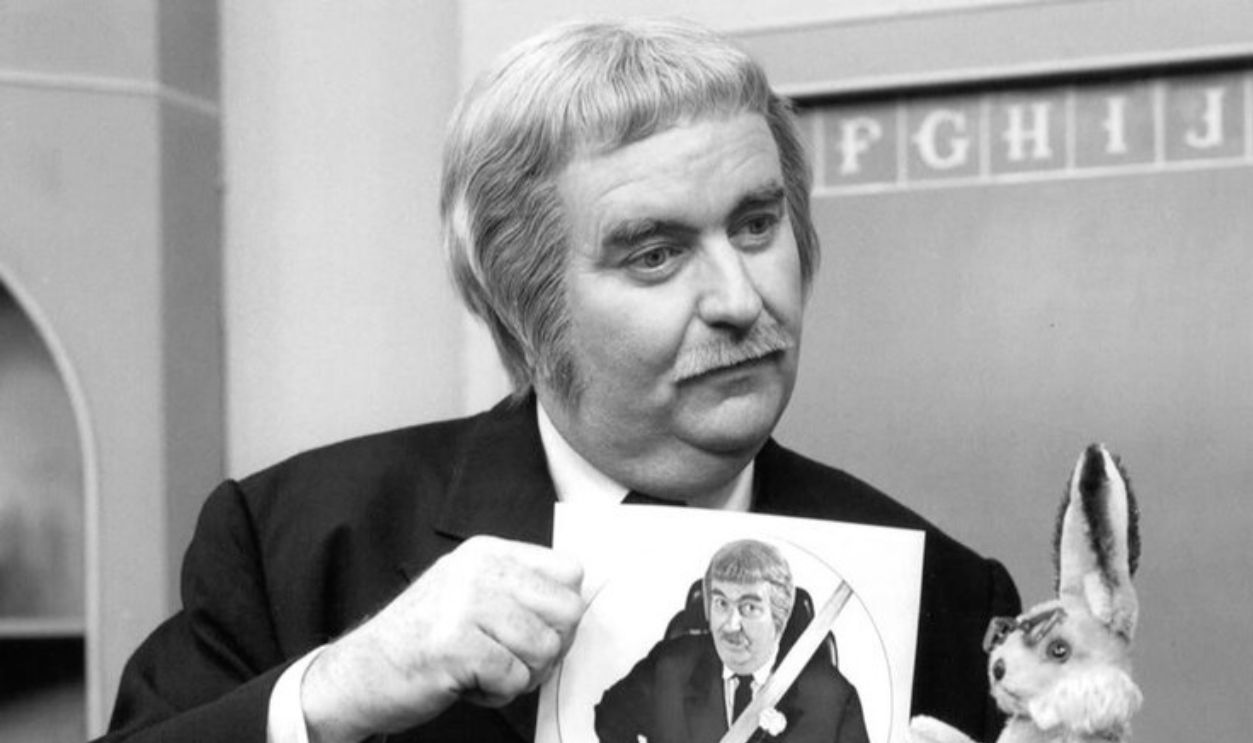 CBS Television, Wikimedia Commons
CBS Television, Wikimedia Commons
What's My Line? (1950–1967)
Four panelists tried to figure out mystery guests’ occupations or names (if guests were famous) in this pioneering game show hosted by John Charles Daly. Regular panelists were Dorothy Kilgallen, Arlene Francis, and Bennett Cerf, who’d be blindfolded when celebrities showed up.
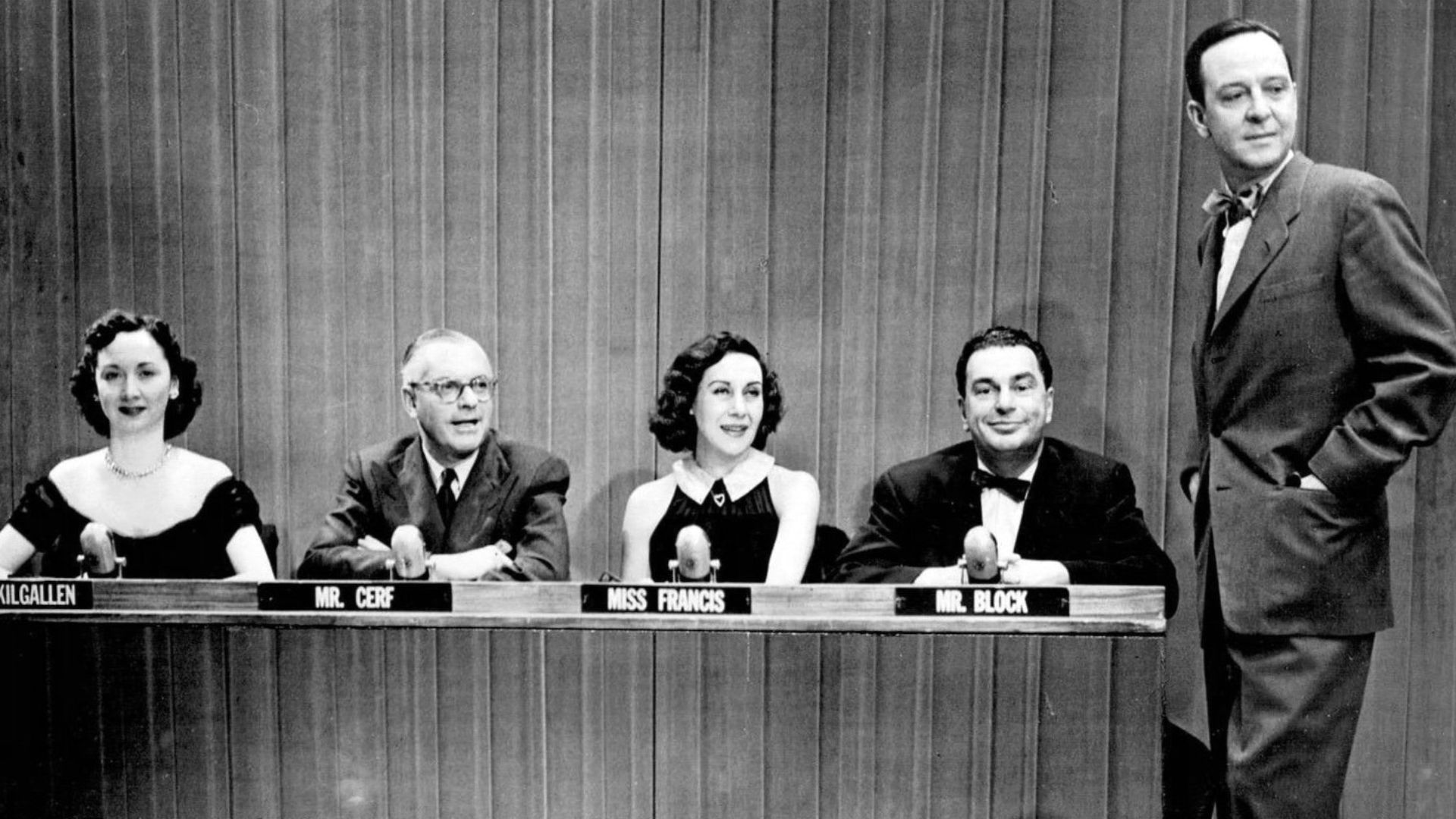 CBS Television, Wikimedia Commons
CBS Television, Wikimedia Commons
The Twilight Zone (1959–1964)
Jumping from one spooky genre to another, this landmark series would disturb and perplex viewers with one-episode tales of characters trapped in often-surreal predicaments. Creator Rod Serling’s narration warned that those watching were about to enter “the Twilight Zone”.
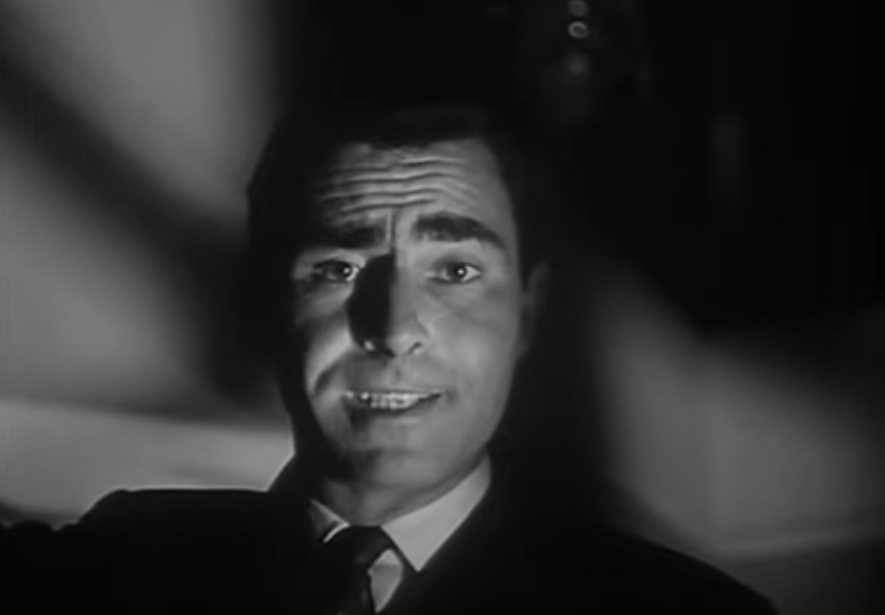 CBS, The Twilight Zone (1959–1964)
CBS, The Twilight Zone (1959–1964)
Alfred Hitchcock Presents (1955–1965)
Famed for his suspense and horror films, Hitchcock directed only 17 of the show’s 361 episodes. But he’d introduce each episode of this anthology series with a sonorous “Good evening”—on the tails of Charles Gounod’s ominous-sounding “Funeral March Of A Marionette”.
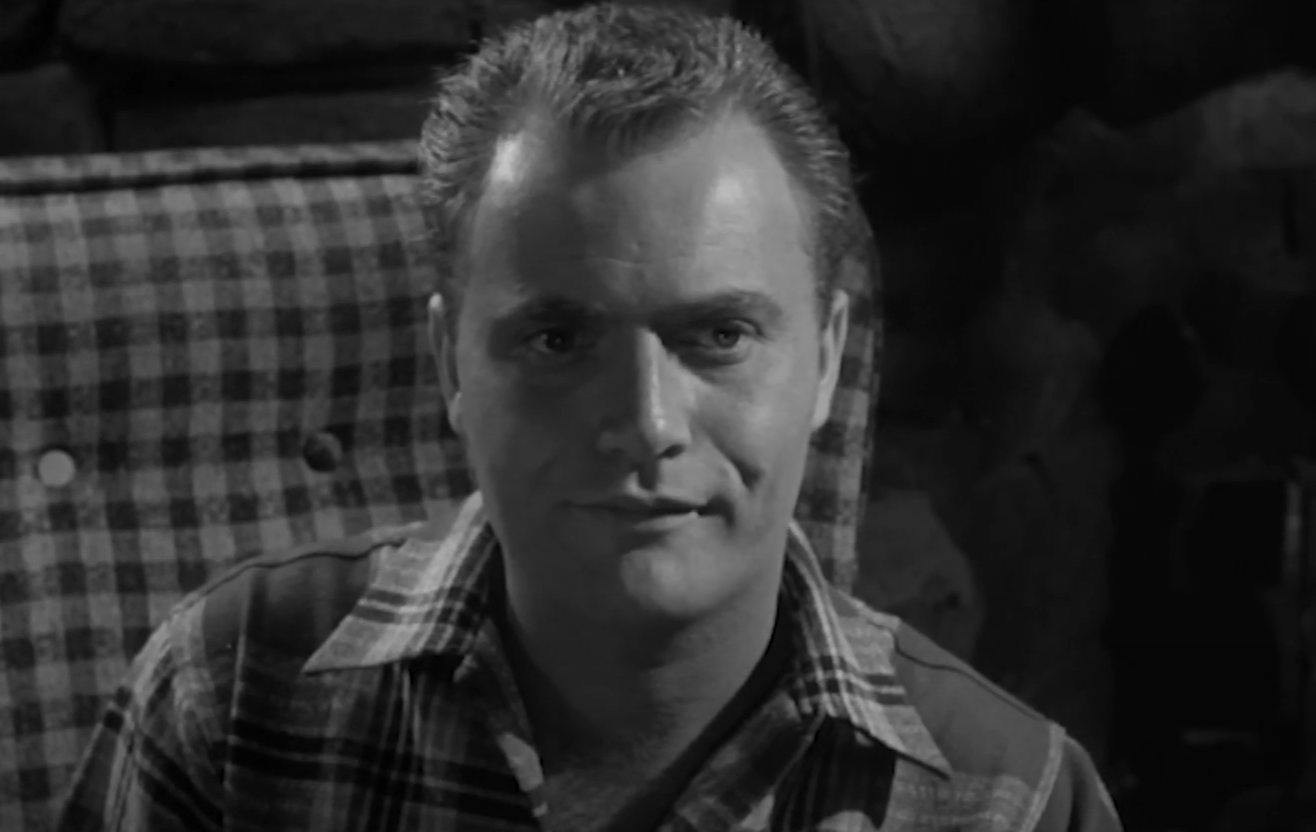 CBS, Alfred Hitchcock Presents (1955-1962)
CBS, Alfred Hitchcock Presents (1955-1962)
The Lone Ranger (1949–1957)
A radio show about a masked ex-Texas Ranger turned into a TV series starring Clayton Moore—except for one season due to a contract dispute. Canadian Mohawk Jay Silverheels played Tonto, first added to the radio version so the Lone Ranger wouldn’t be so lonely.
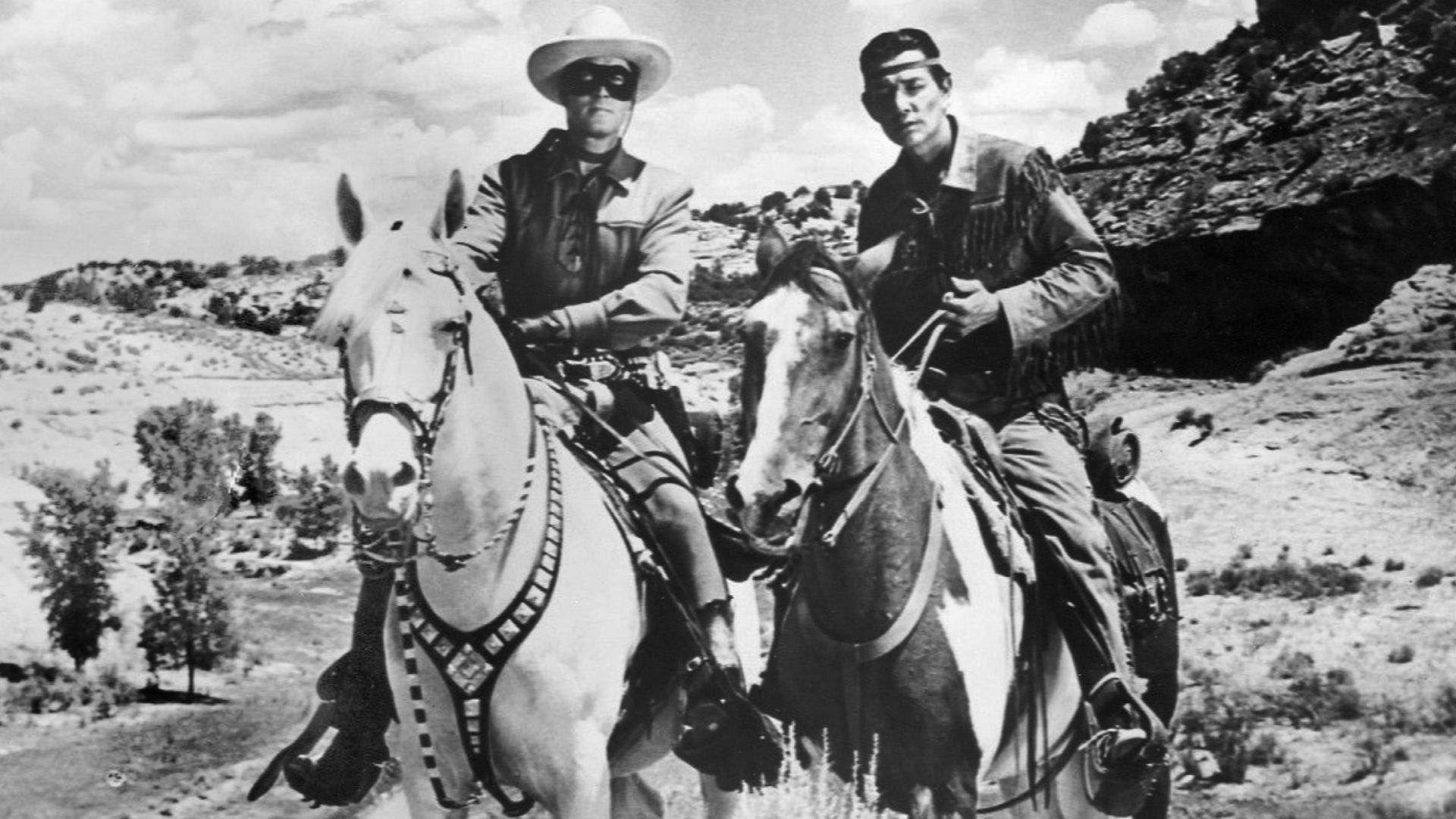 ABC Television, Wikimedia Commons
ABC Television, Wikimedia Commons
Lassie (1954–1973)
Lassie was a farm Collie whose adventures ruled the show’s Sunday night time slot. In the first season, Ellie suspects Gramps has a bad heart, so young Jeff trains Lassie to bark whenever Gramps stands up. Fortunately, Gramps’ actor, George Cleveland, lasted three more seasons.
 Batten, Barton, Durstine & Osborn for the show's sponsor, Campbell's Soup, Wikimedia Commons
Batten, Barton, Durstine & Osborn for the show's sponsor, Campbell's Soup, Wikimedia Commons
Candid Camera (1948–1967)
This hidden-camera prank series moved from radio (as The Hidden Microphone) to TV and made various appearances over the decades. Host and creator Allen Funt reveled in upending people’s expectations, even as he battled both the censorship and clunky technology of the day.
Looney Tunes (1955–1999)
Mercurial Jack Warner of Warner Bros fame sold TV rights first to the studio’s black-and-white cartoons, and then to other older shorts, squandering future revenue. Syndication was the only way to see them on TV in the 1950s, as Bugs Bunny’s network debut had to wait until 1960.
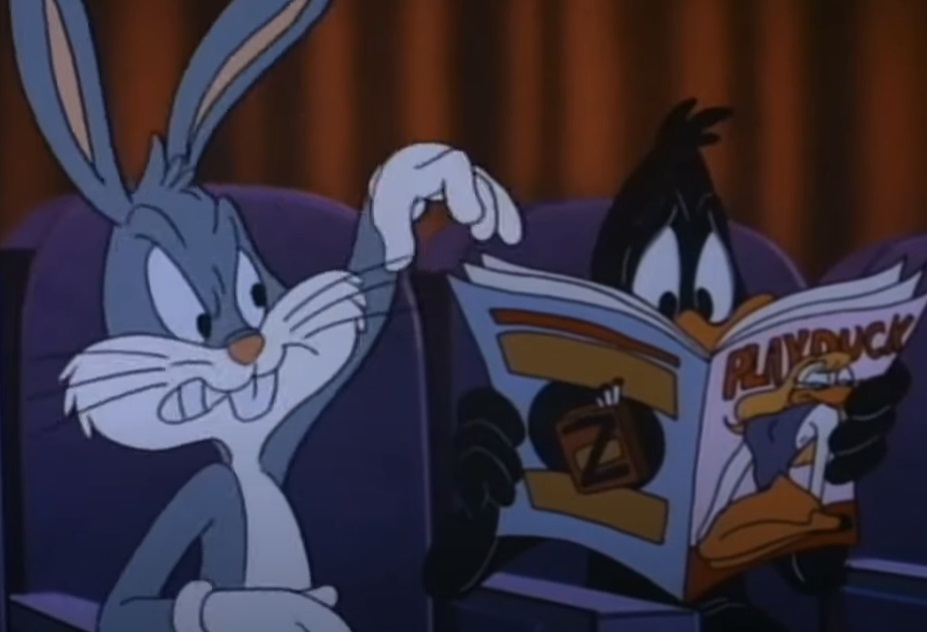 Warner Bros. Looney Tunes (1930-)
Warner Bros. Looney Tunes (1930-)
The Rocky And Bullwinkle Show (1959–1964)
A flying squirrel and a big moose fight Boris and Natasha, apparently Russian spies, judging by their dramatic accents, in this popular cartoon series. Initially called Rocky And His Friends, the series also included “Peabody’s Improbable History,” featuring a time-traveling dog and boy.
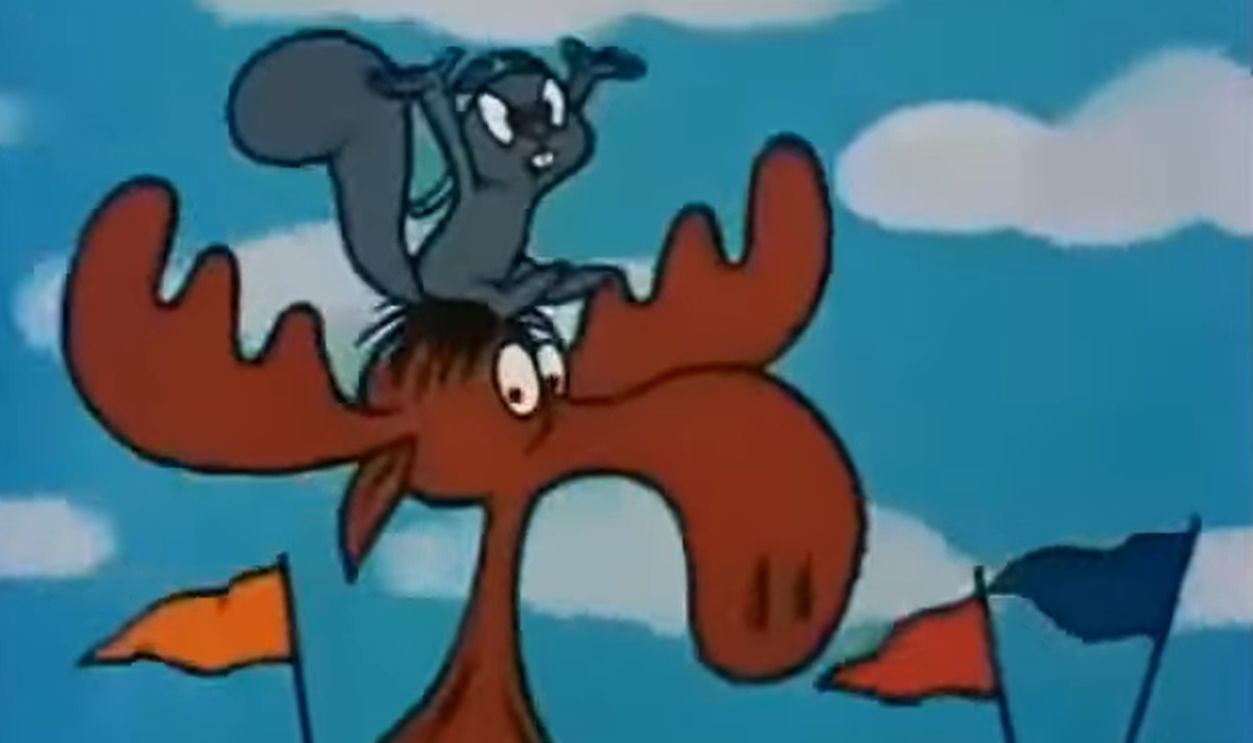 ROCKY AND HIS FRIENDS (1959) Premier reconstruction, Ray Pointer
ROCKY AND HIS FRIENDS (1959) Premier reconstruction, Ray Pointer
Zorro (1957–1959)
In the 1820s, in a California still ruled by Spain, sword-wielding Zorro must help his father defeat the tyrannical commandante, Captain Enrique Sánchez Monastario—and that’s only the start. Children loved the show, with many young viewers reportedly carving “Z” into nearby surfaces.
Sea Hunt (1958–1961)
Networks passed, so producer Ivan Tors syndicated this drama about an ex-Navy frogman who can rescue children from a cave and salvage a nuclear missile, though not in the same episode. The show also salvaged the blacklisted Lloyd Bridges’ career and boosted interest in scuba diving.
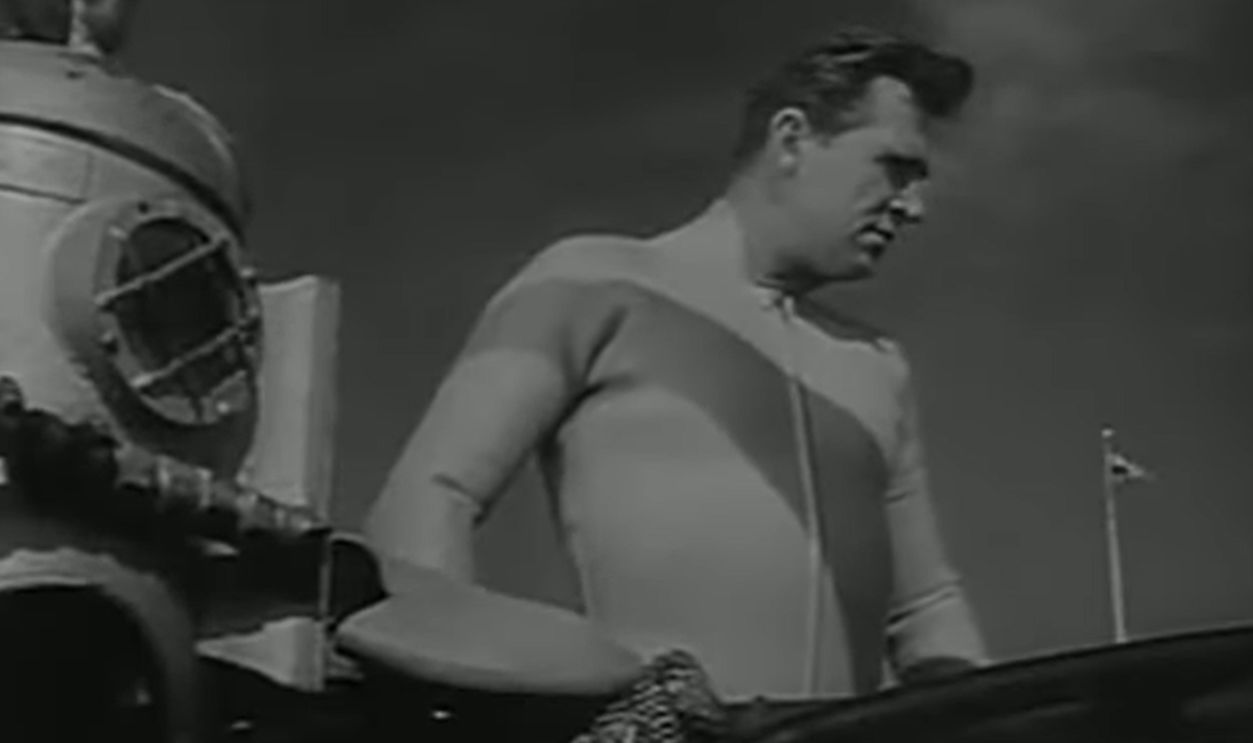 Sea Hunt (1958) Lloyd Bridges, Broken Trout
Sea Hunt (1958) Lloyd Bridges, Broken Trout
The Mickey Mouse Club (1955–1959)
Young Mouseketeers with big mouse ears sang and danced in hopes of being promoted to the coveted Red Team, though lasting fame seemed to elude most participants. Annette Funicello was an exception, later making a big splash in beach party movies with Frankie Avalon.
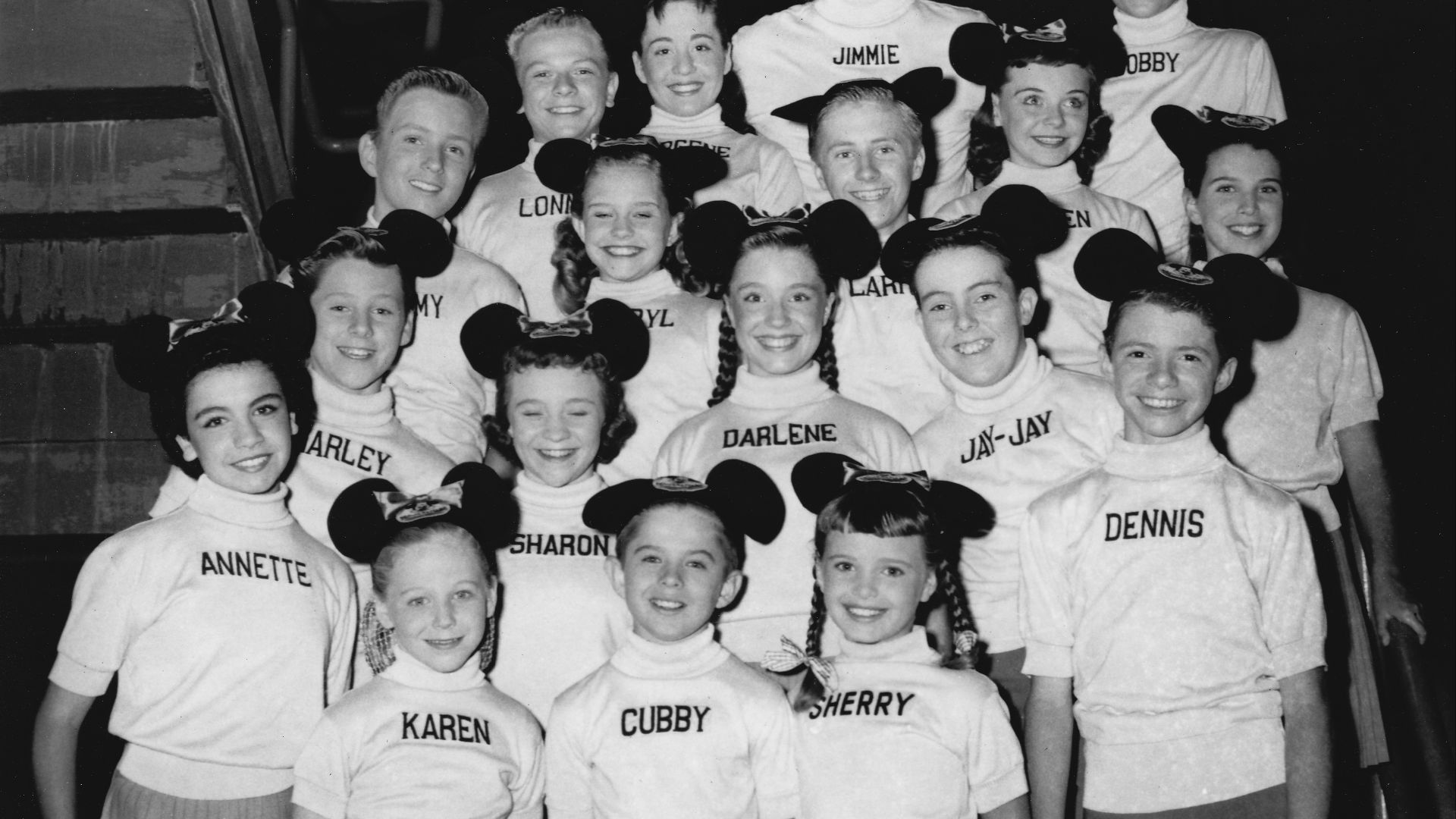 Macfadden Publications, Wikimedia Commons
Macfadden Publications, Wikimedia Commons
The Three Stooges (1958 onwards)
Fired by Columbia Pictures in 1957, the Three Stooges found a second life in syndication as their shorts started appearing on TV. Popular with wide-eyed children and nostalgic adults, the shows led to film and TV work throughout the 1960s, reviving the trio’s once-doomed career.
Amos ’n’ Andy (1951–1953)
The radio show was hugely successful, though controversial, as two white actors played the Black leads. The brief TV version had Black actors, but the NAACP protested the show’s stereotypes. While ratings were fine, CBS yanked the show, though offered reruns until 1966.
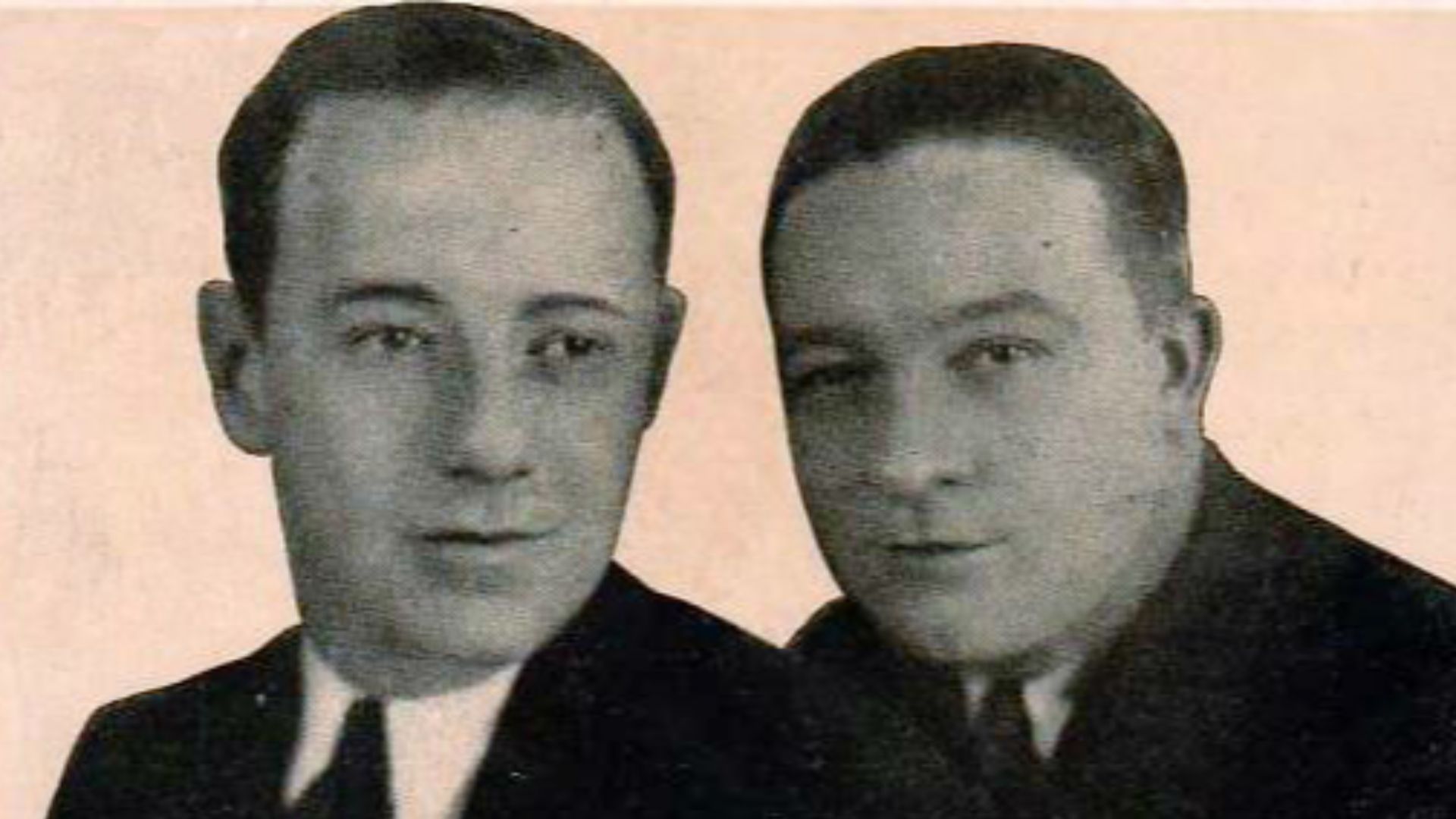 Surebest Bread, Wikimedia Commons
Surebest Bread, Wikimedia Commons
The Real McCoys (1957–1963)
An Appalachian family inherits a California farm, so Grandpa Amos (played by three-time Oscar winner Walter Brennan), grandson Luke, his wife Kate, and Luke’s sister “Hassie” head west. There’s also “Little Luke,” as “Ma and Pa plum forgot they already had me,” noted older Luke.
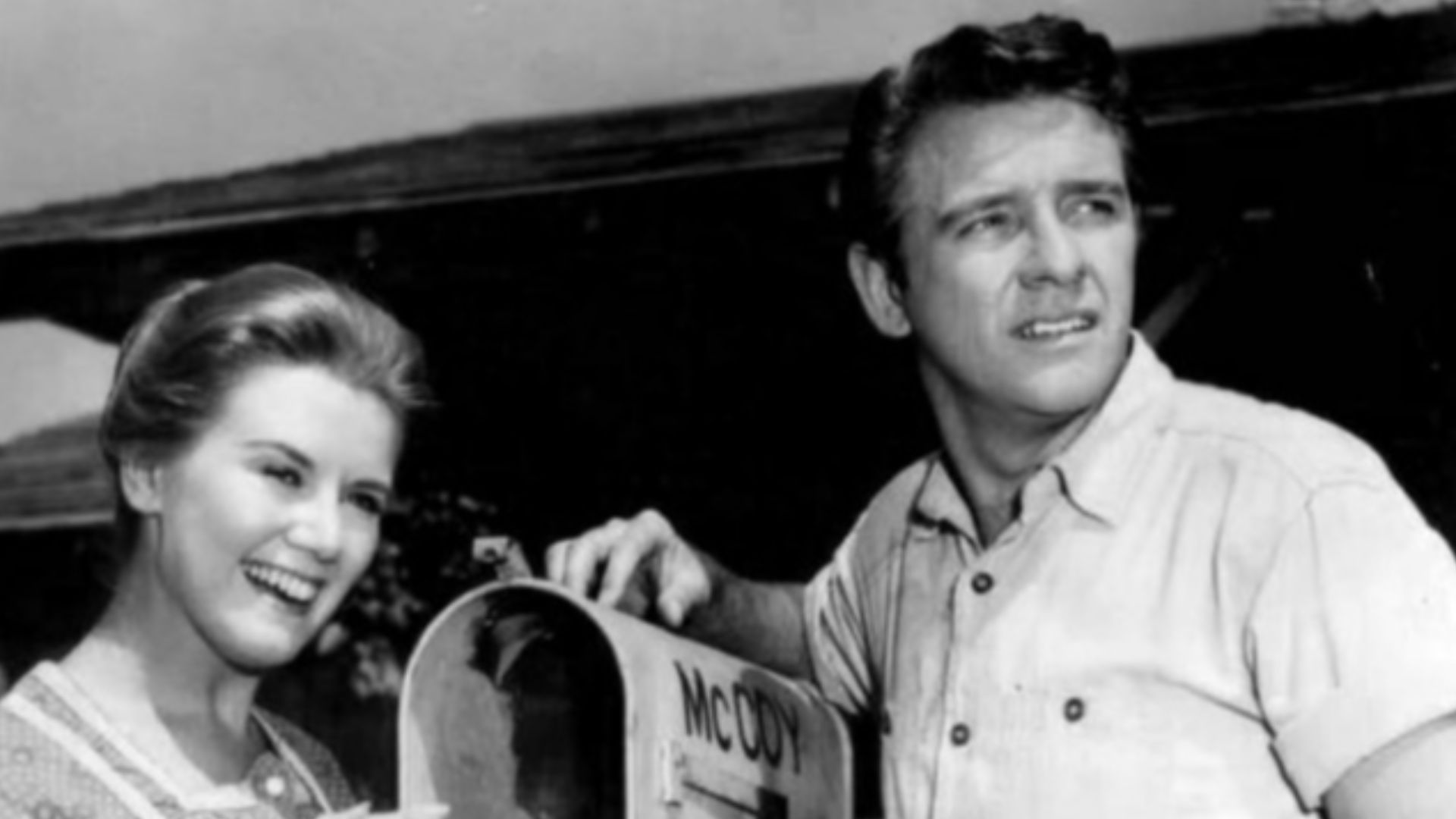 ABC Television, Wikimedia Commons
ABC Television, Wikimedia Commons
Adventures Of Superman (1952–1958)
This syndicated series marked Superman’s debut on television, featuring George Reeves as Superman. Early episodes had a film noir feel to them and had a rather serious tone, with the superhero often lurking in the shadows until villains met a surprisingly violent on-screen demise.
The Ed Sullivan Show (1948–1971)
This one-hour variety show ran every Sunday night on CBS for over two decades, serving as a vital stepping stone to stardom for many performers. It was no surprise that an appearance on The Ed Sullivan Show could make or break a career—but according to some guests, Sullivan preferred to break them.
Sullivan ran a tight ship behind the scenes of his show, and anyone who didn’t follow his rules got permanently banned. Comedian Jackie Mason and the rock band The Doors both ran afoul of Sullivan, who refused to work with either again. Luckily for Elvis Presley, he was already a star in 1956 when his first appearance on the show attracted a record 83% of TV viewers at the time.
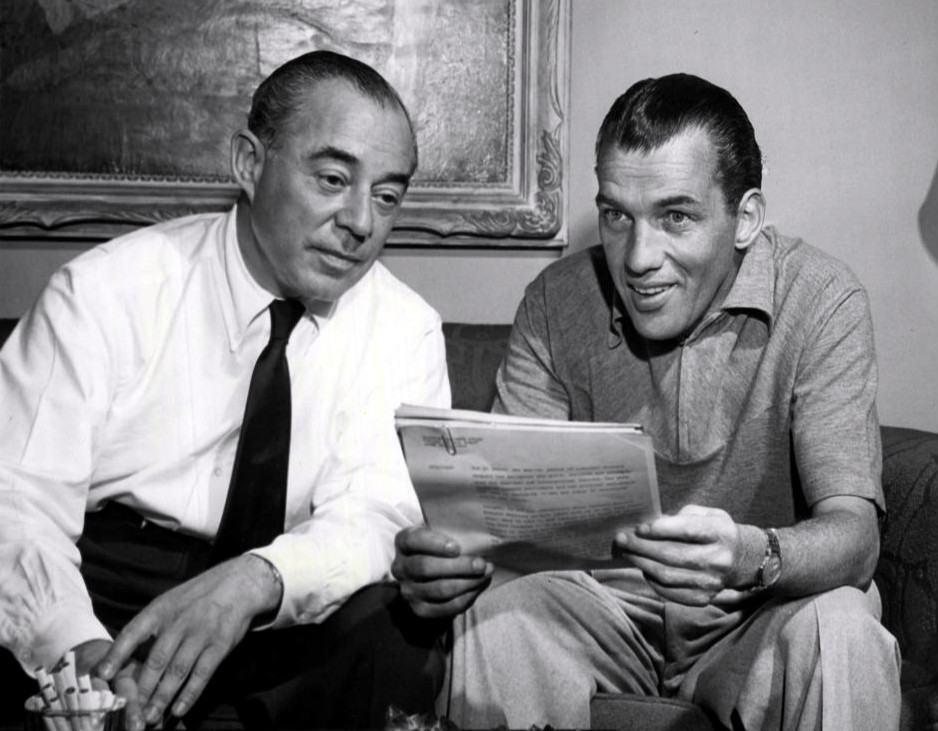 CBS Television, Wikimedia Commons
CBS Television, Wikimedia Commons
The Best Of Lines
The 1950s were a heady time as the business and creative world tried to figure out what to do with this mesmerizing new technology called television. There were many hits and many misses, but it’s hard not to look back at the era and admire that sheer thrill of exploration.
You May Also Like:
Forgotten Shows From The Golden Age Of Television
Sources: 1, 2, 3, 4, 5, 6, 7, 8, 9, 10, 11, 12, 13, 14, 15, 16, 17, 18, 19, 20, 21, 22, 23, 24, 25, 26, 27, 28, 29, 30, 31, 32, 33, 34, 35, 36, 37, 38, 39, 40, 41, 42, 43, 44, 45, 46, 47, 48, 49, 50, 51, 52, 53

